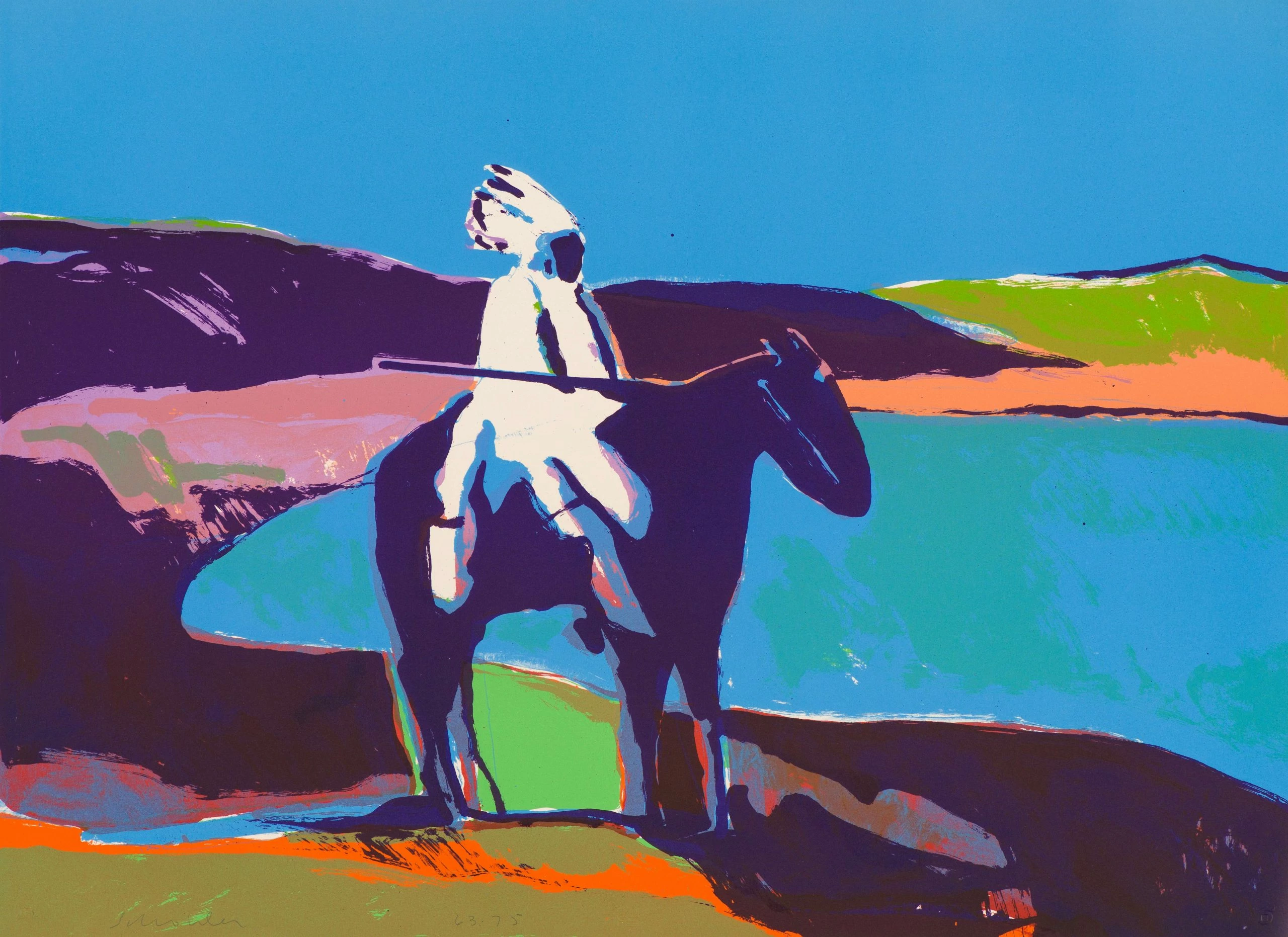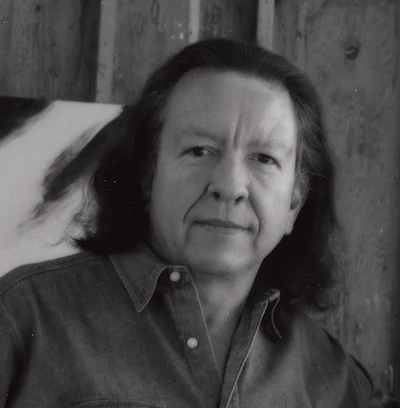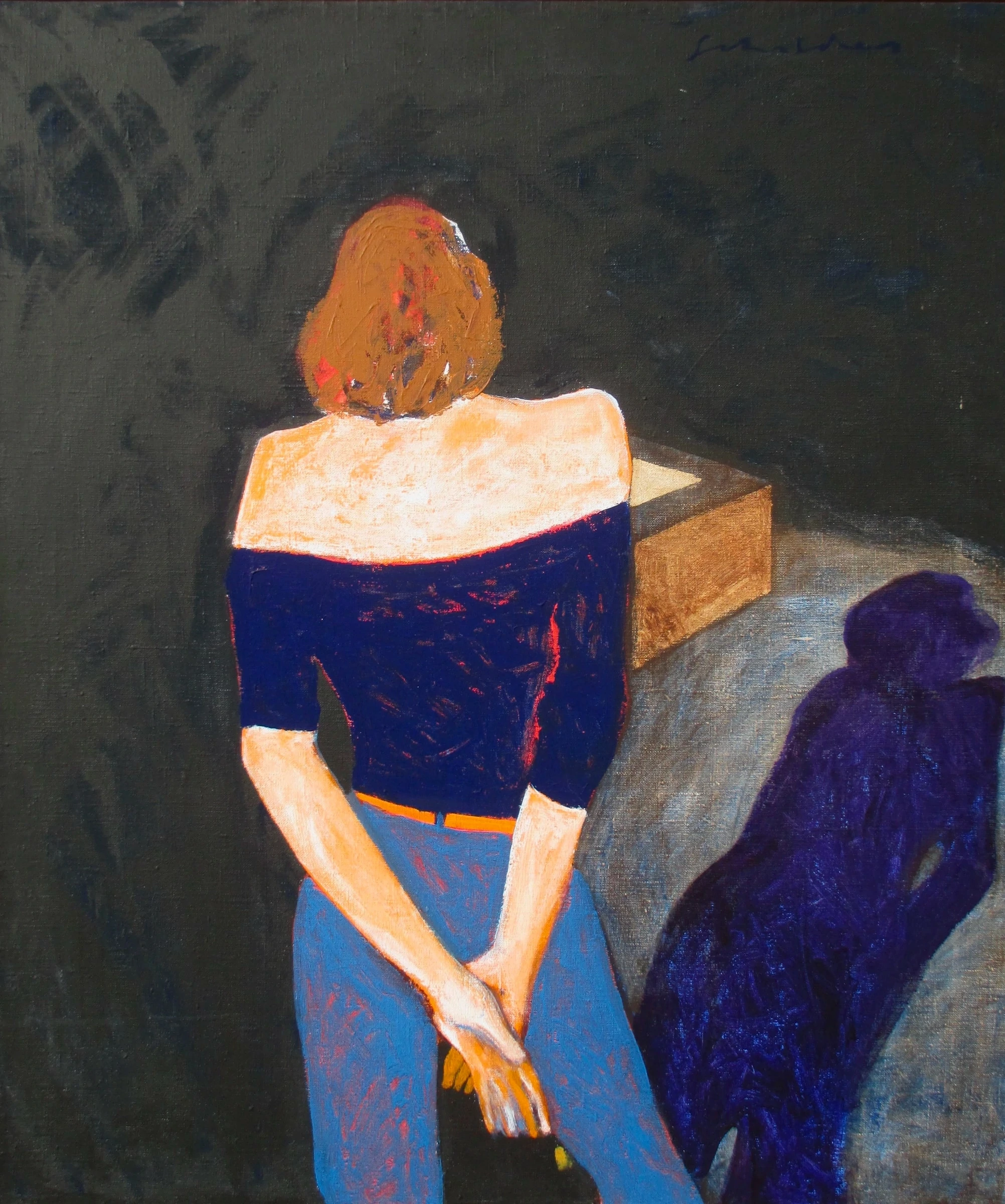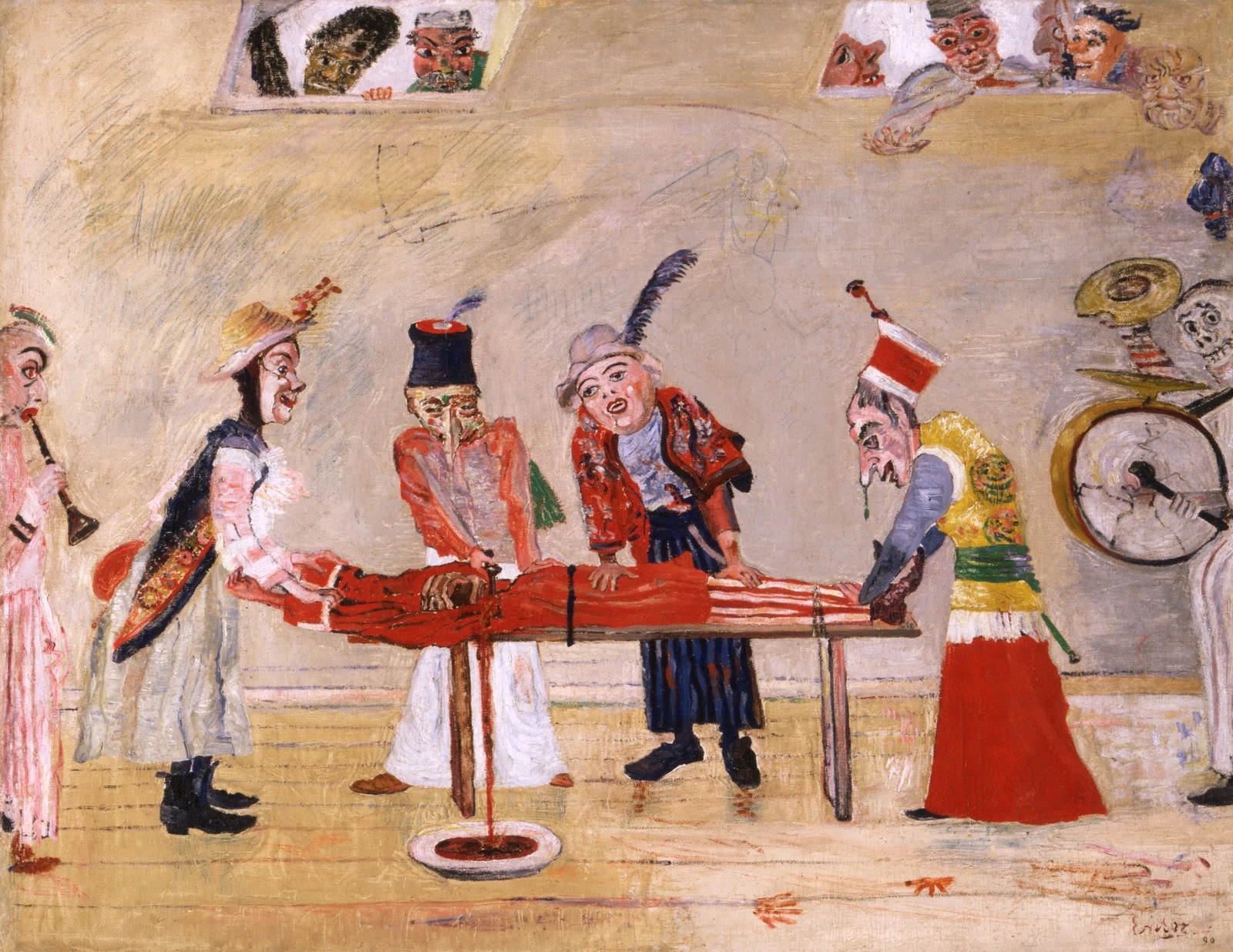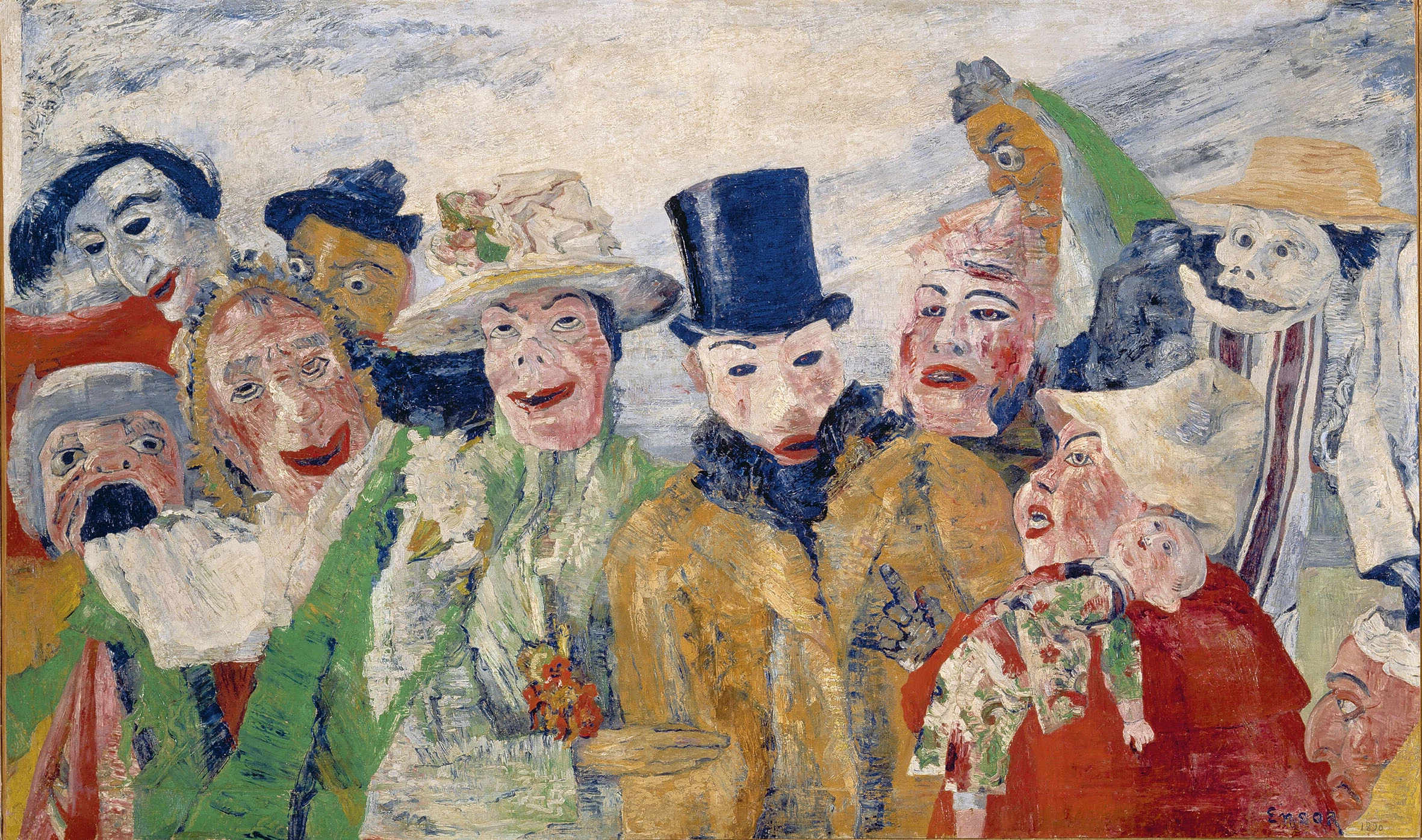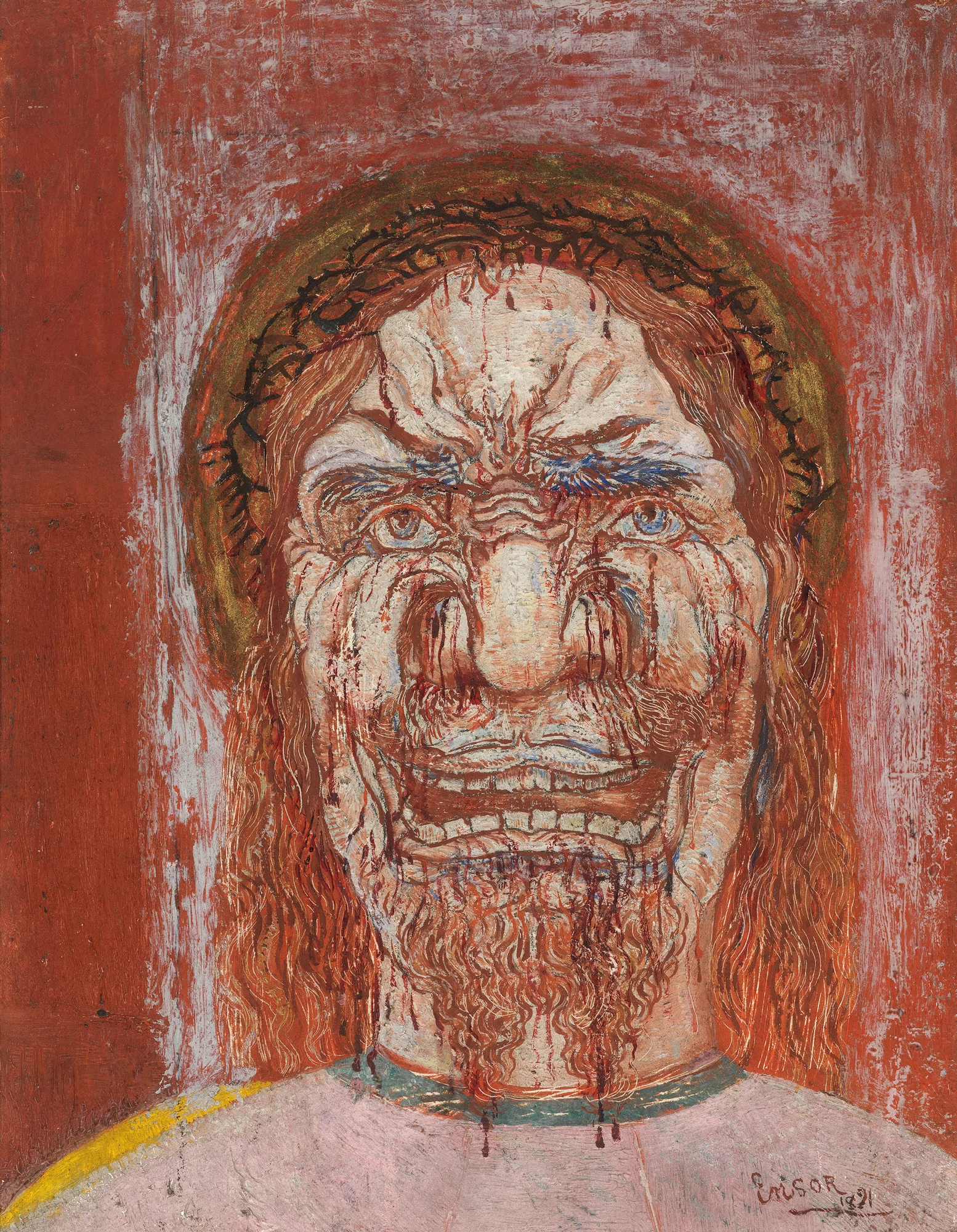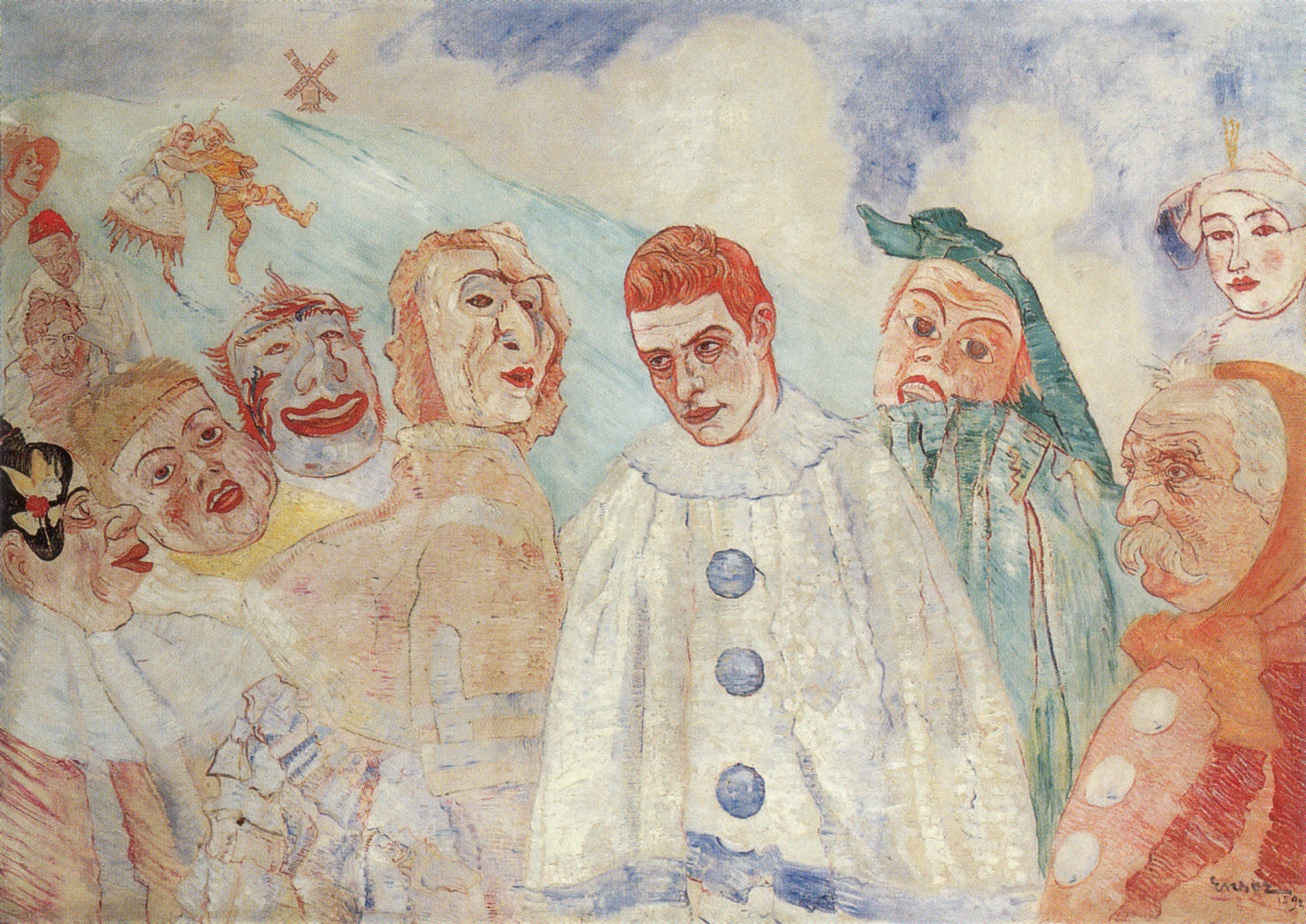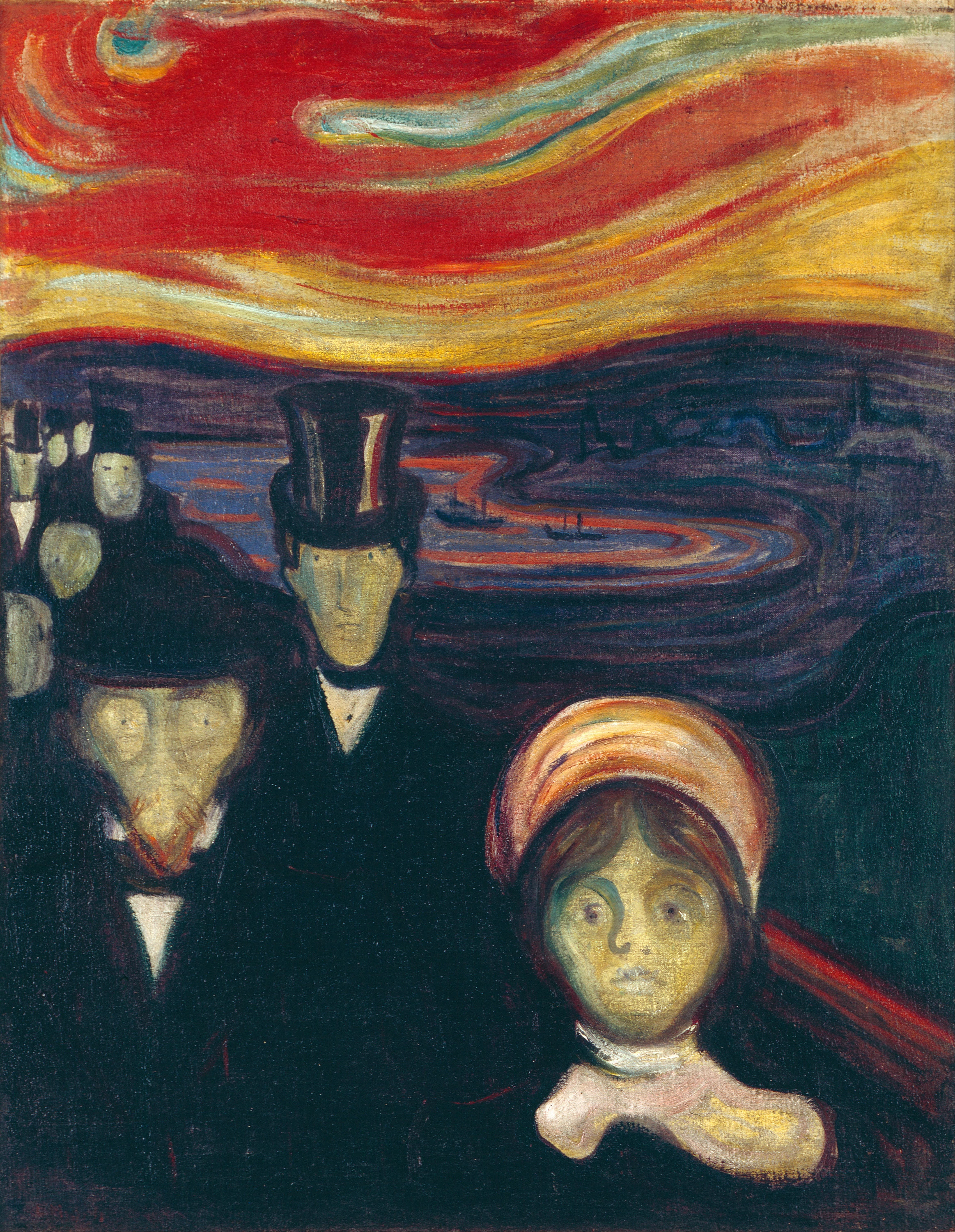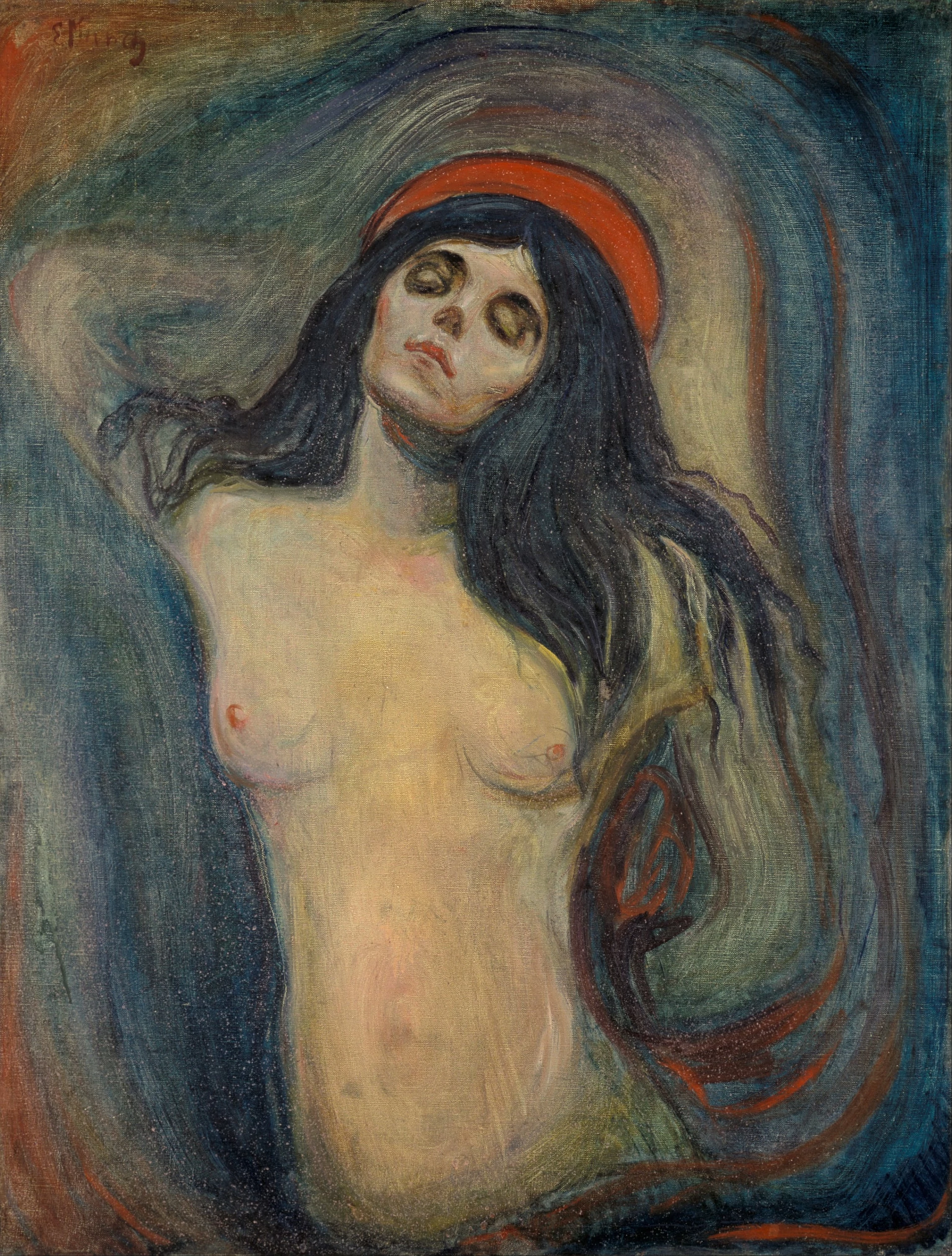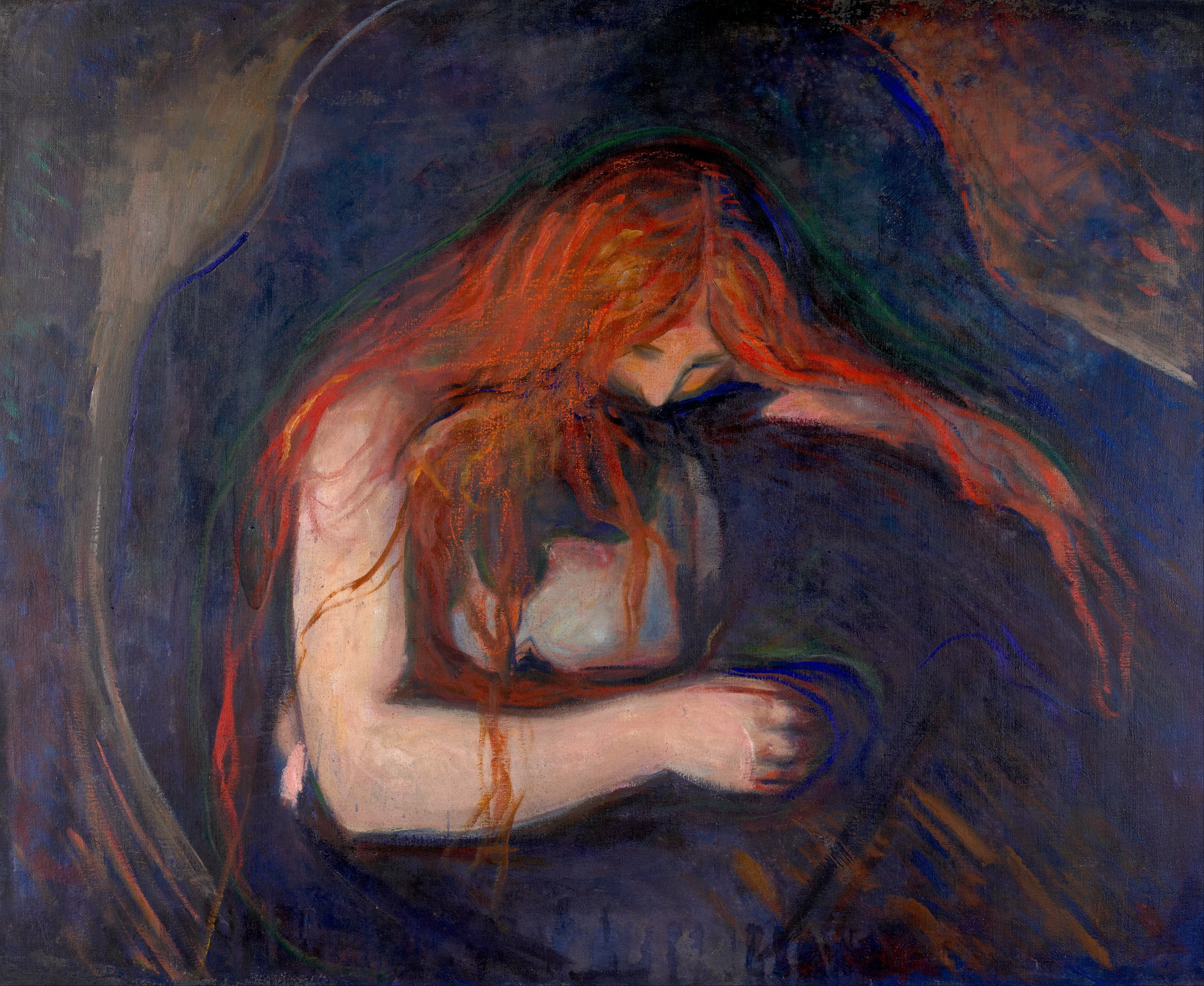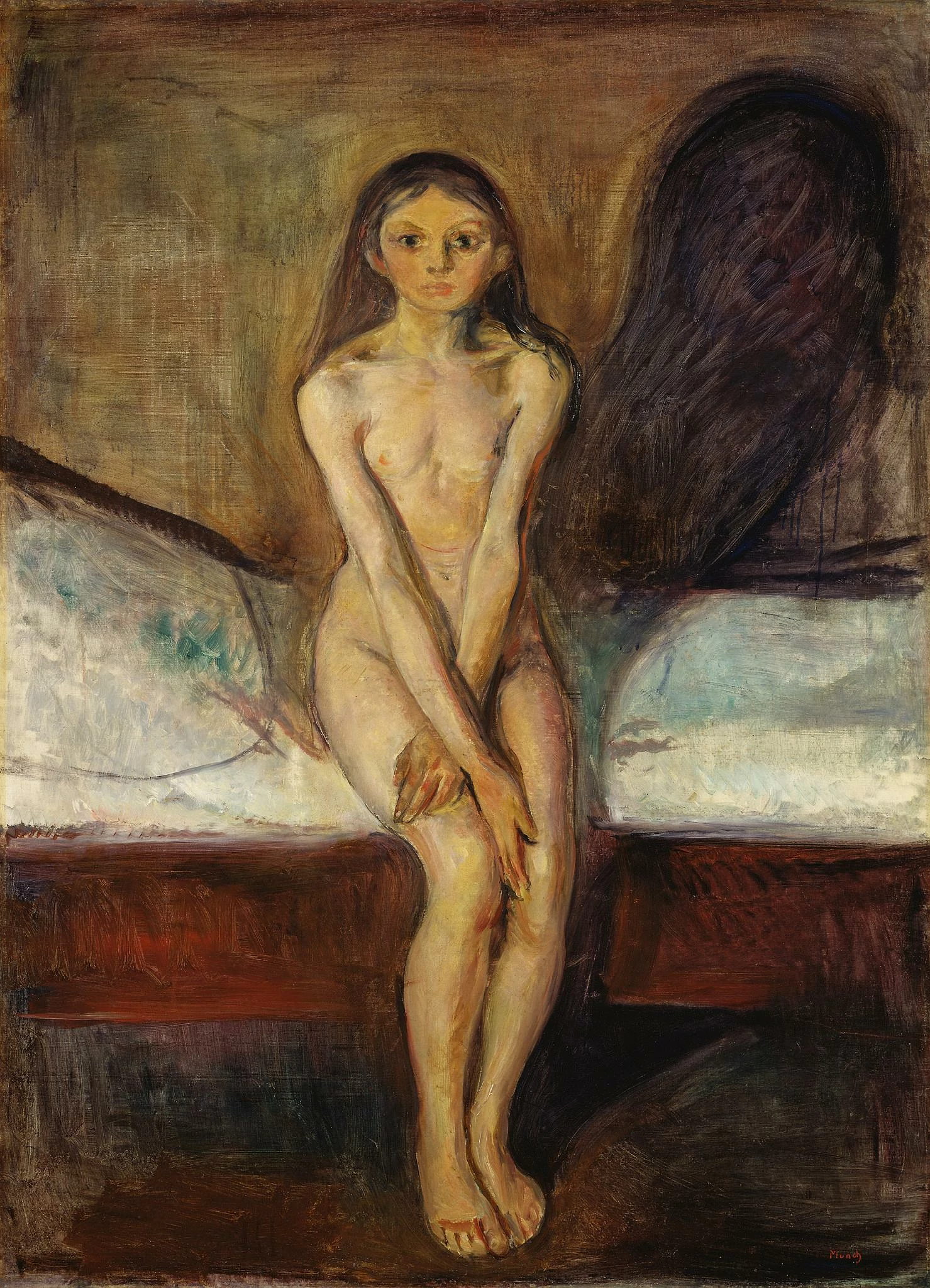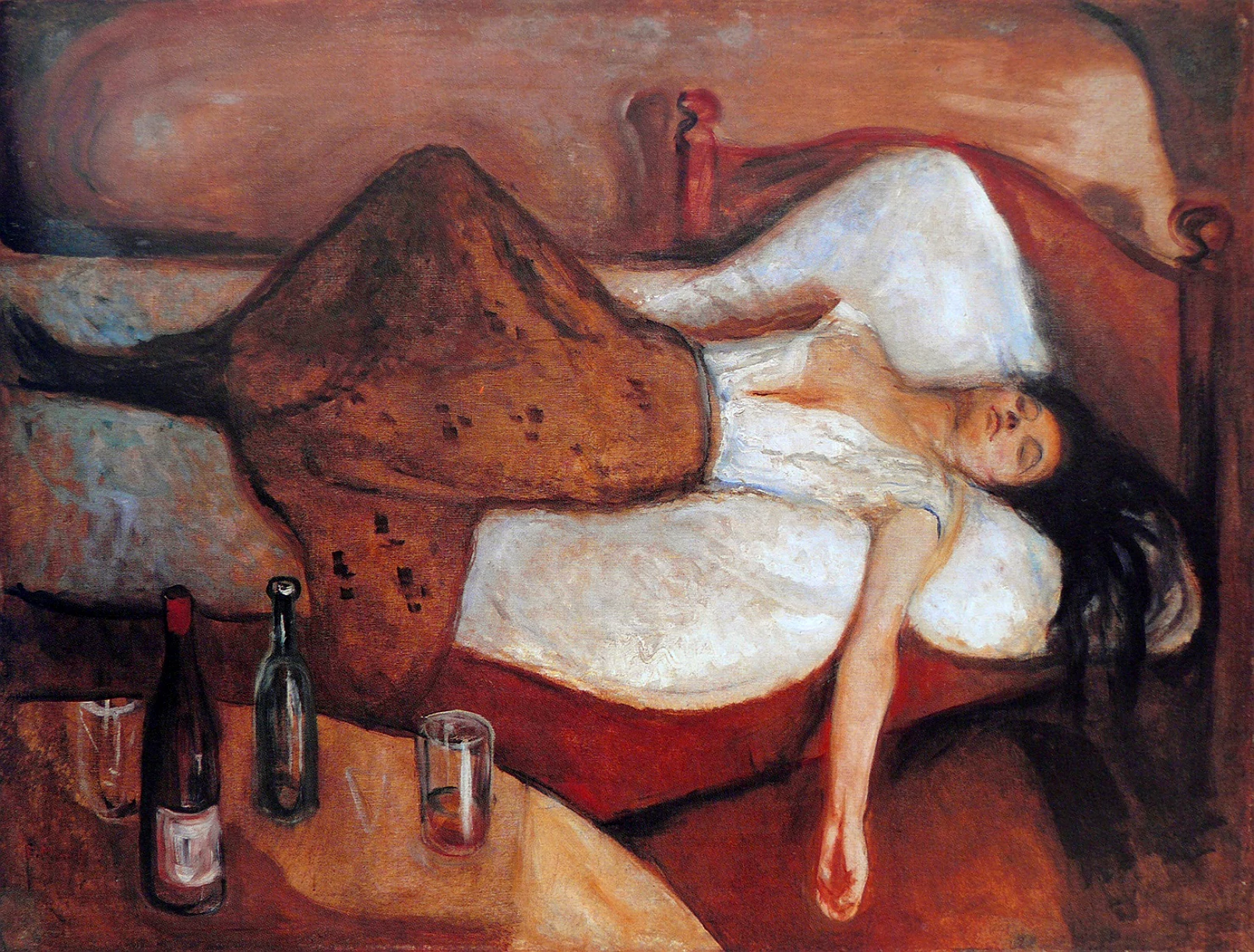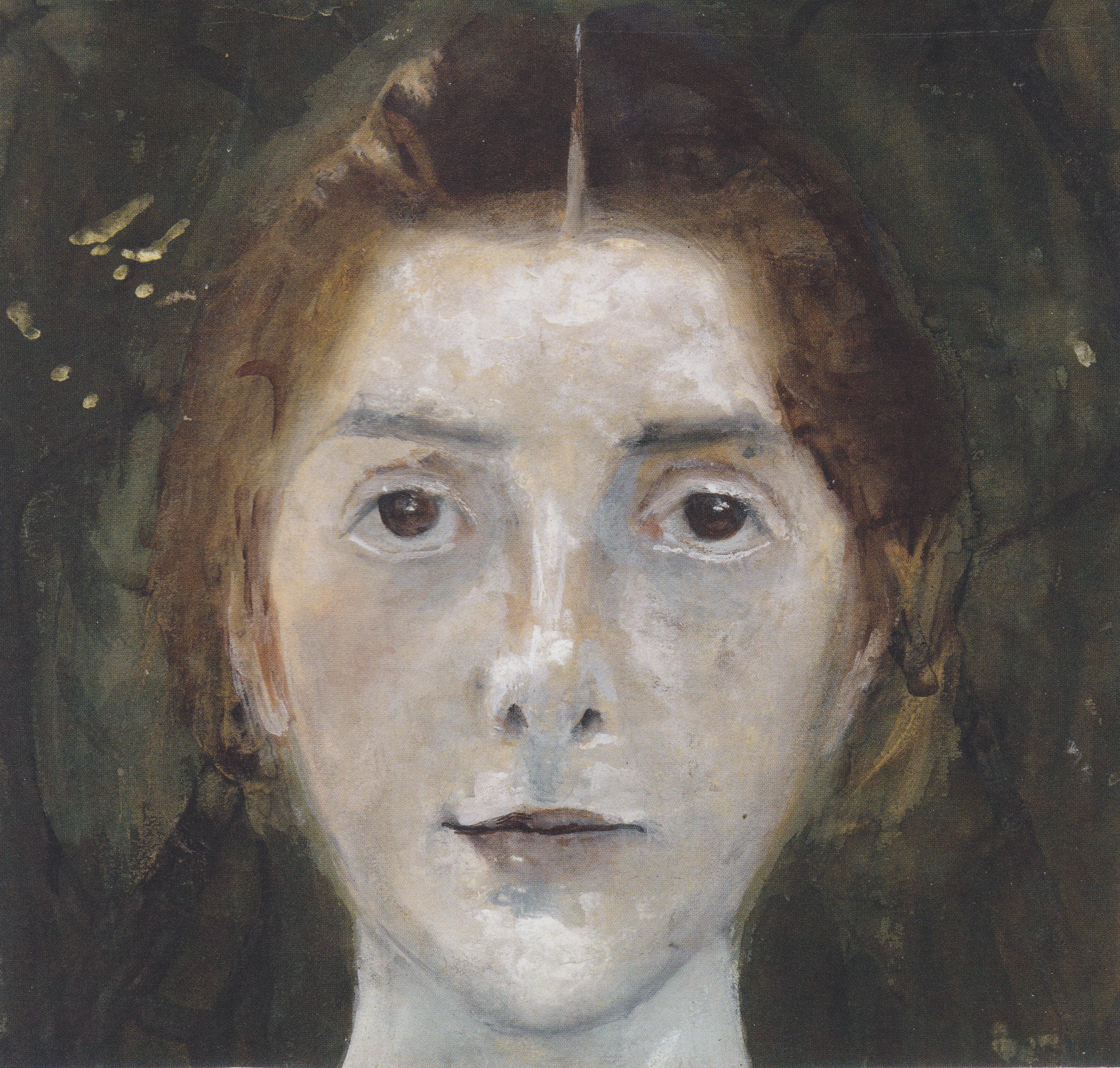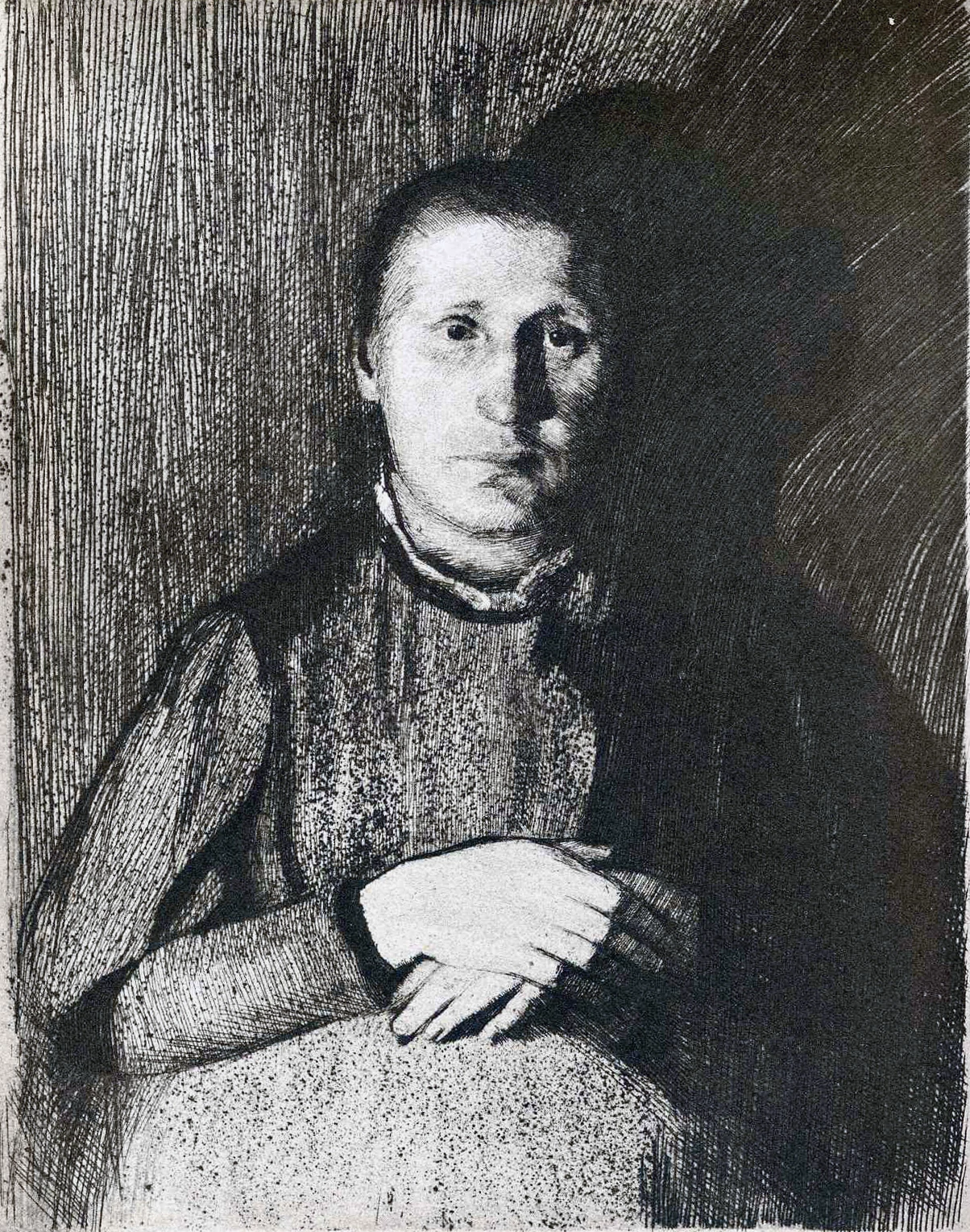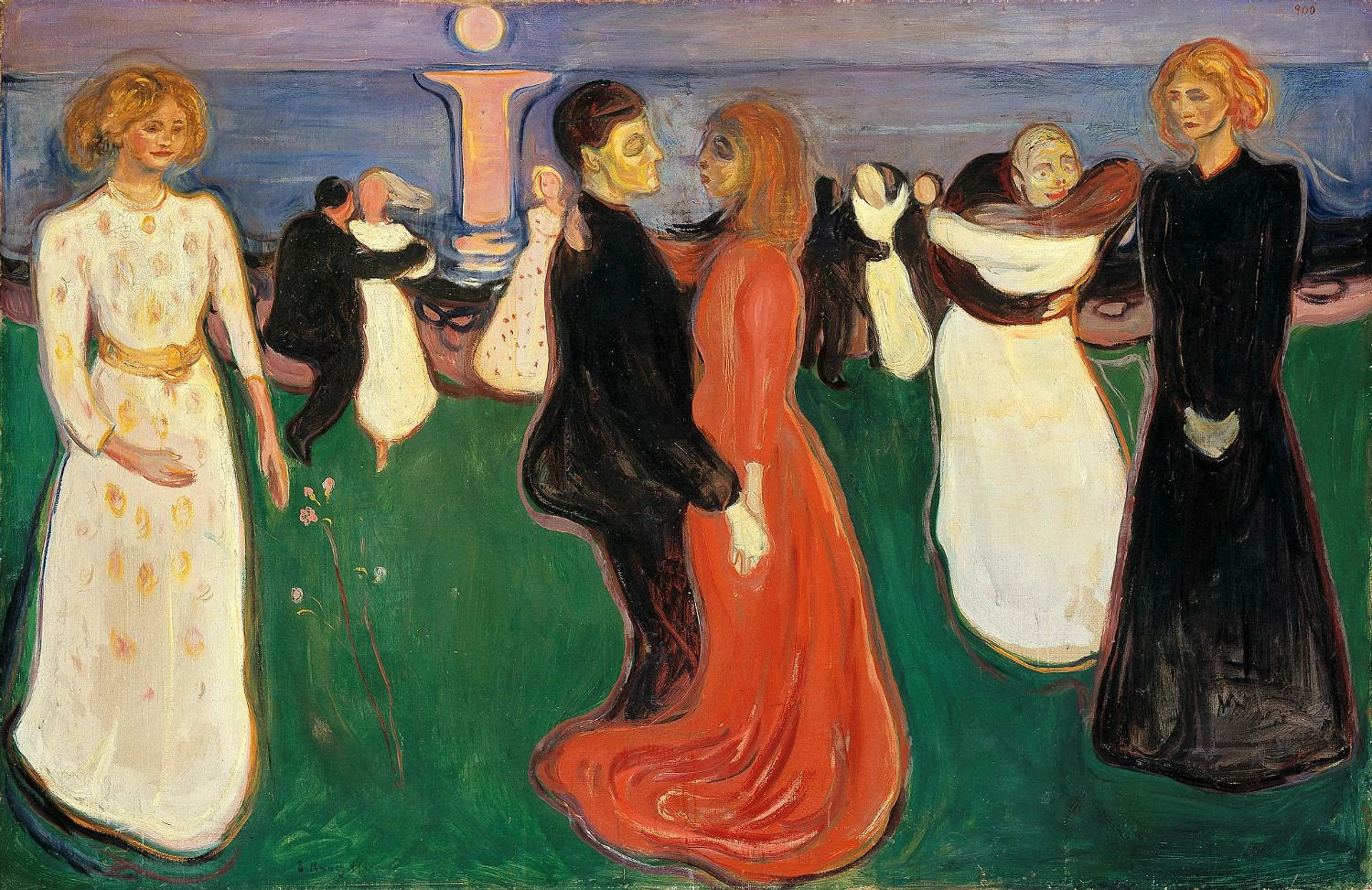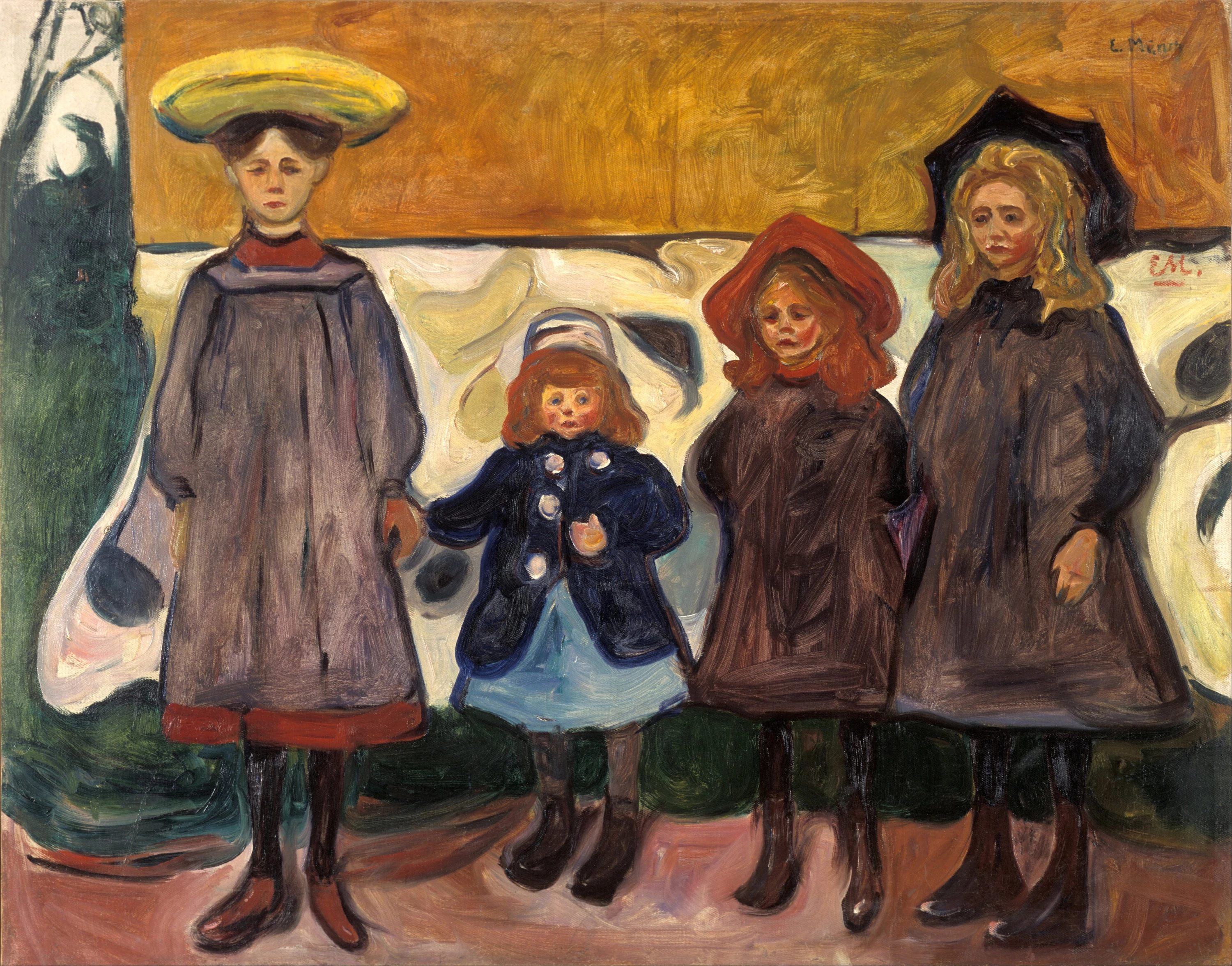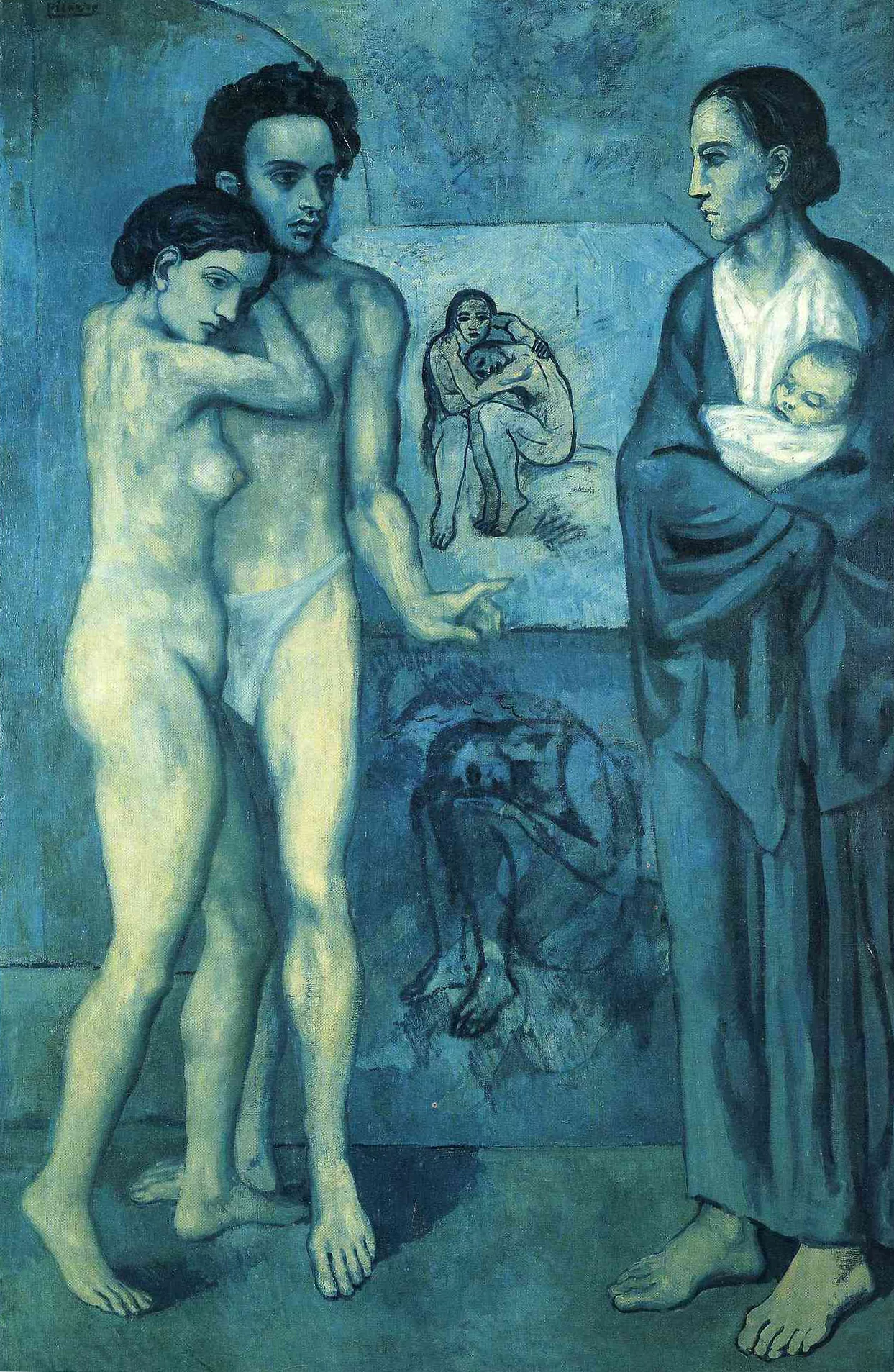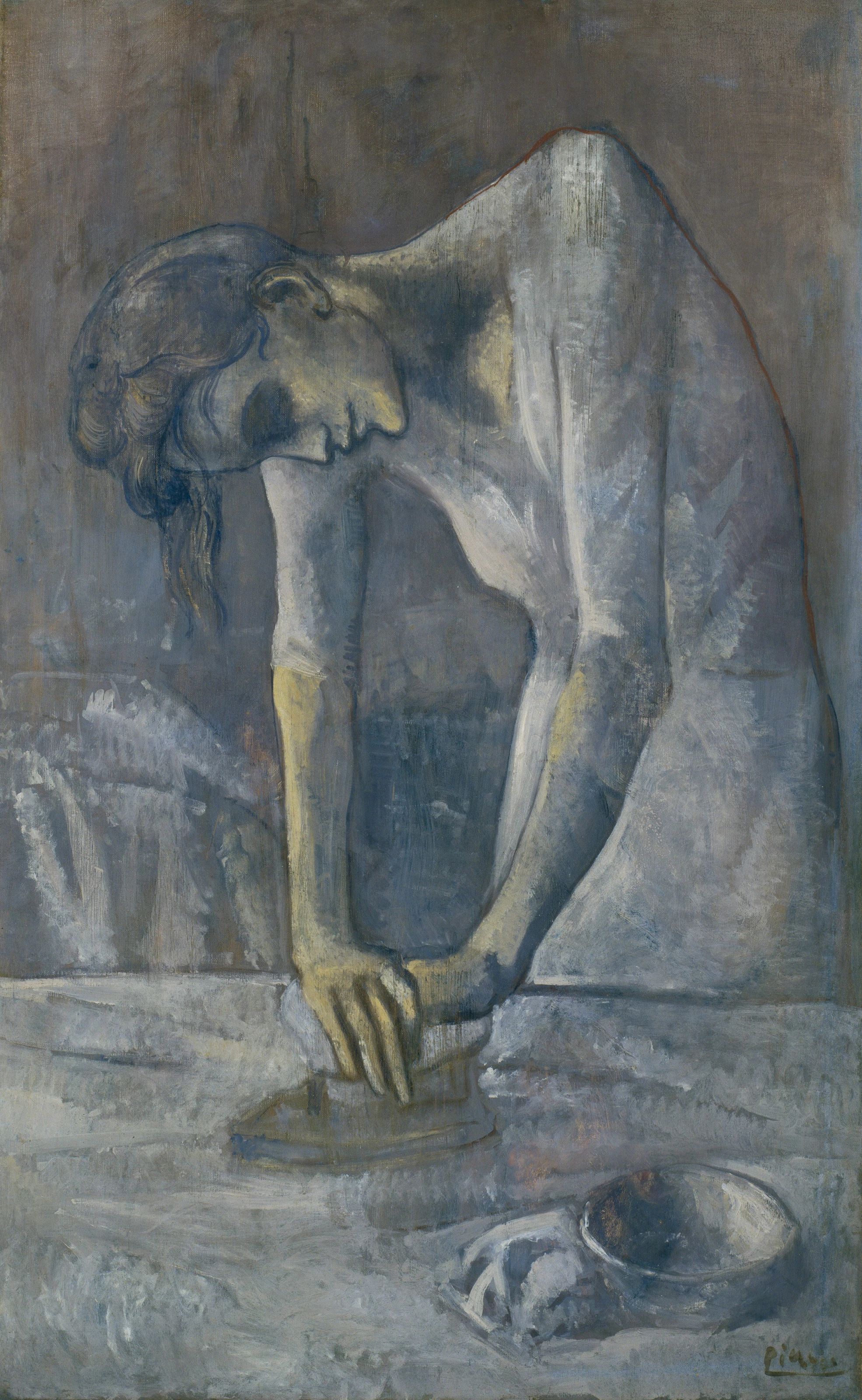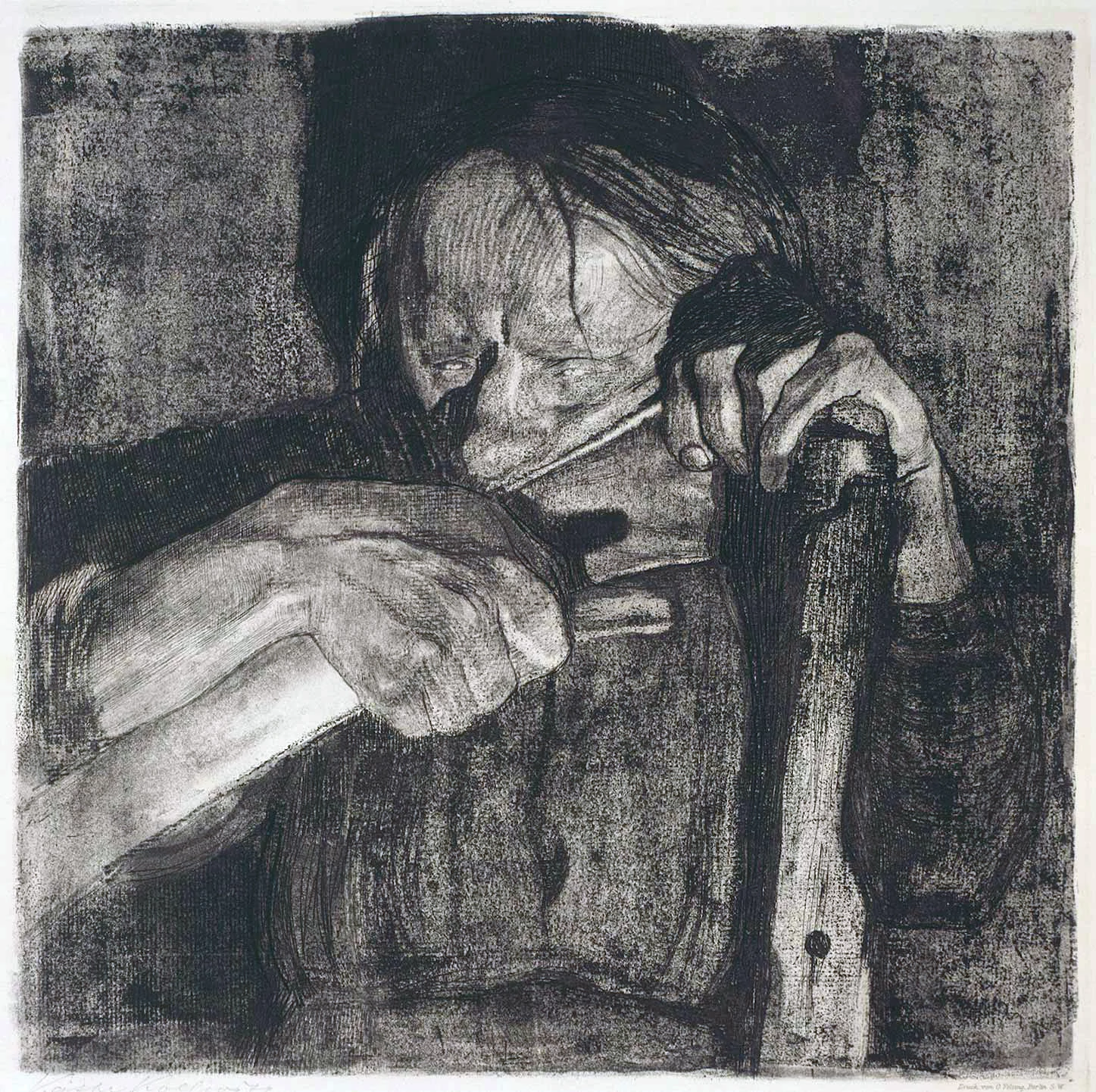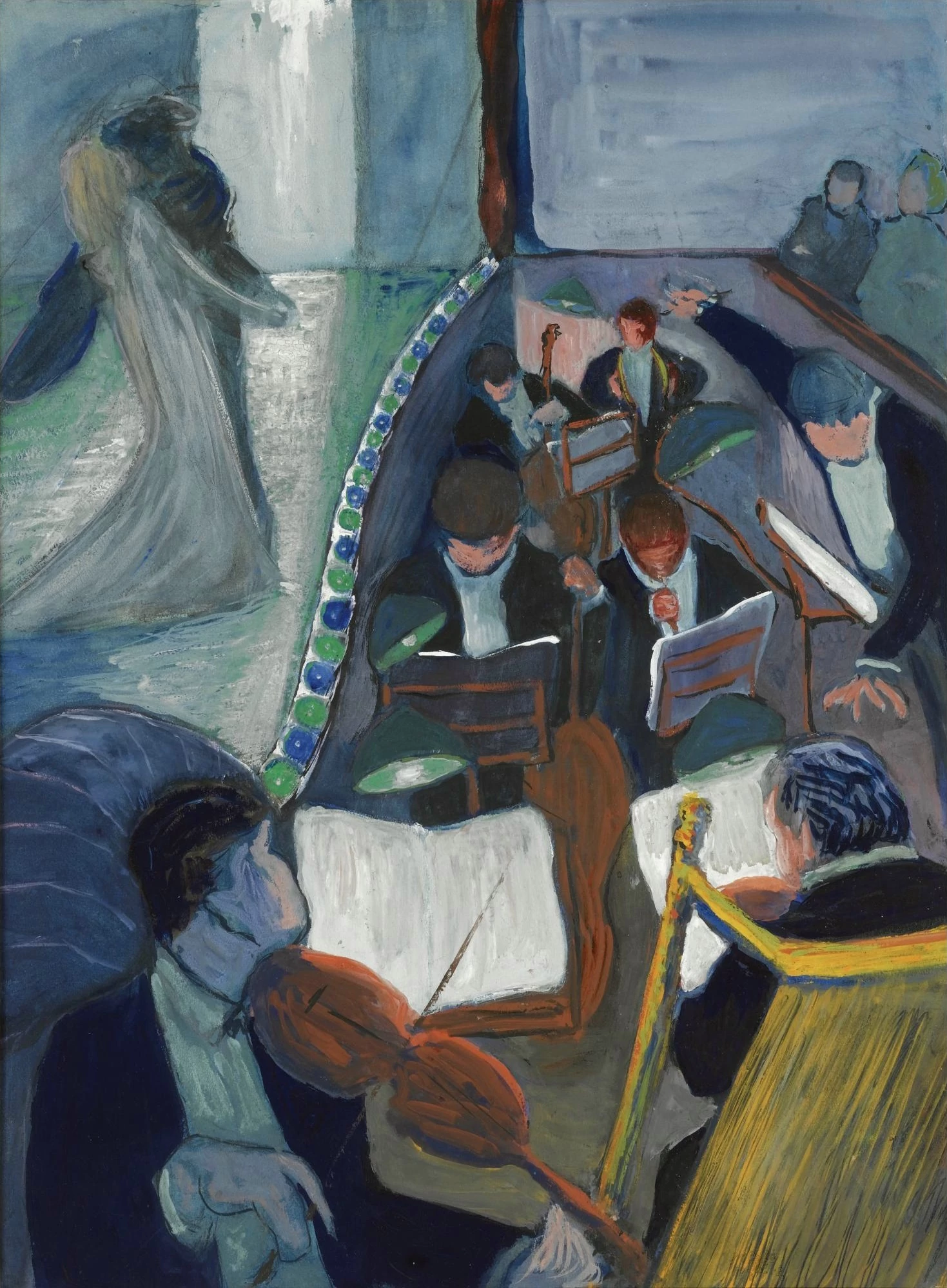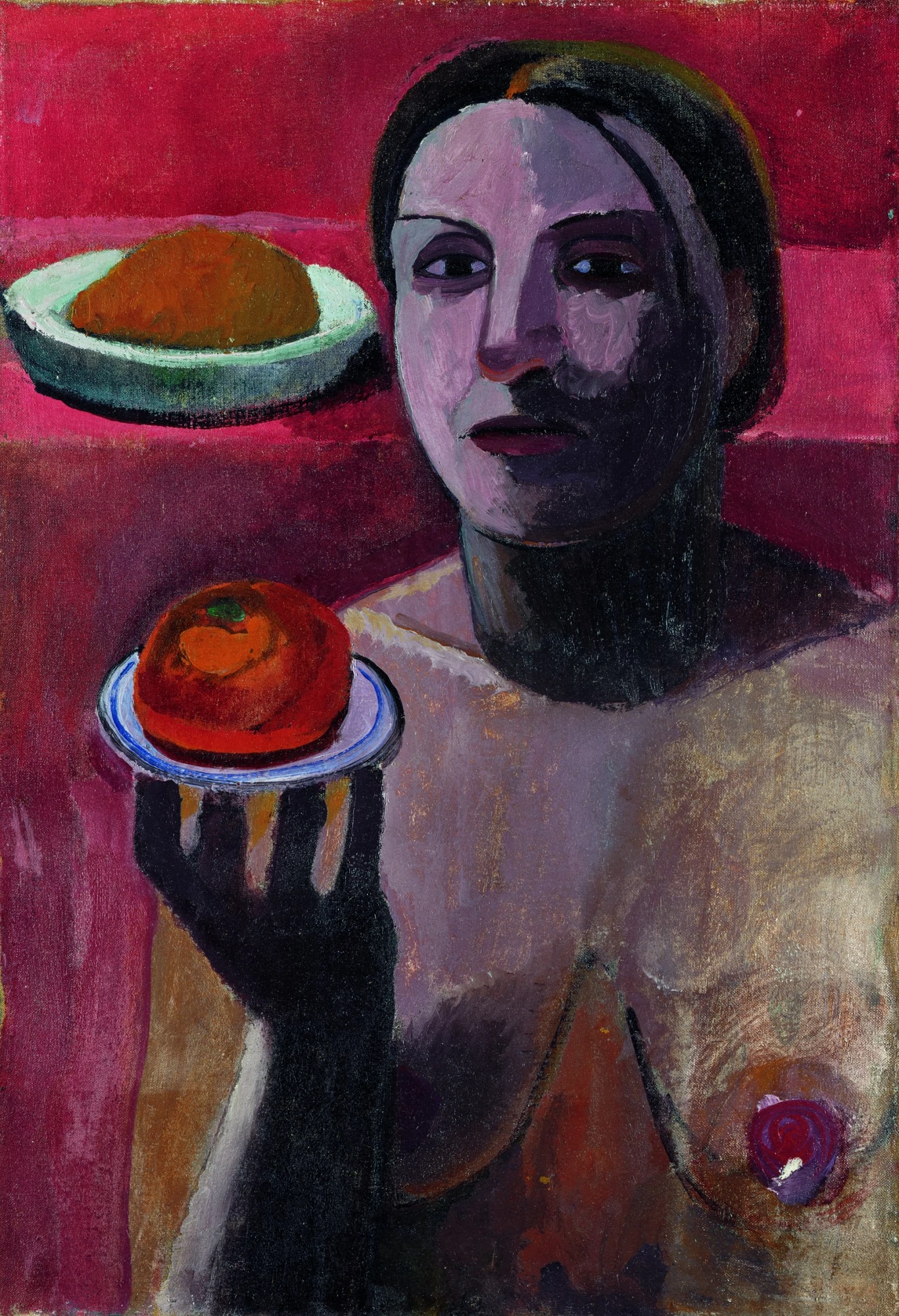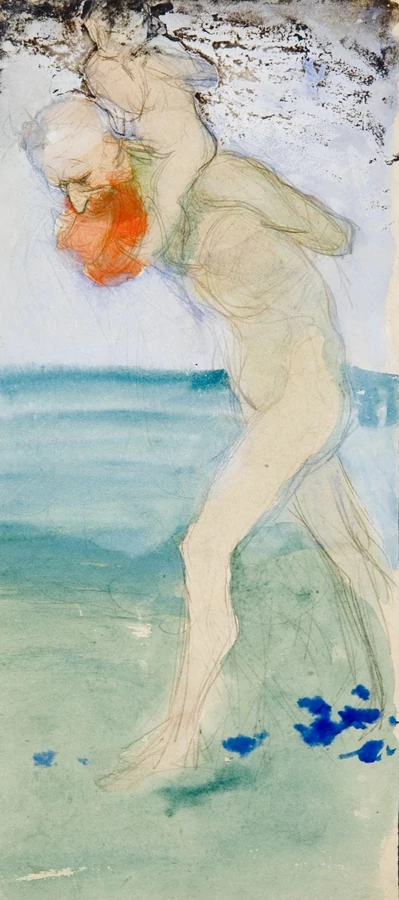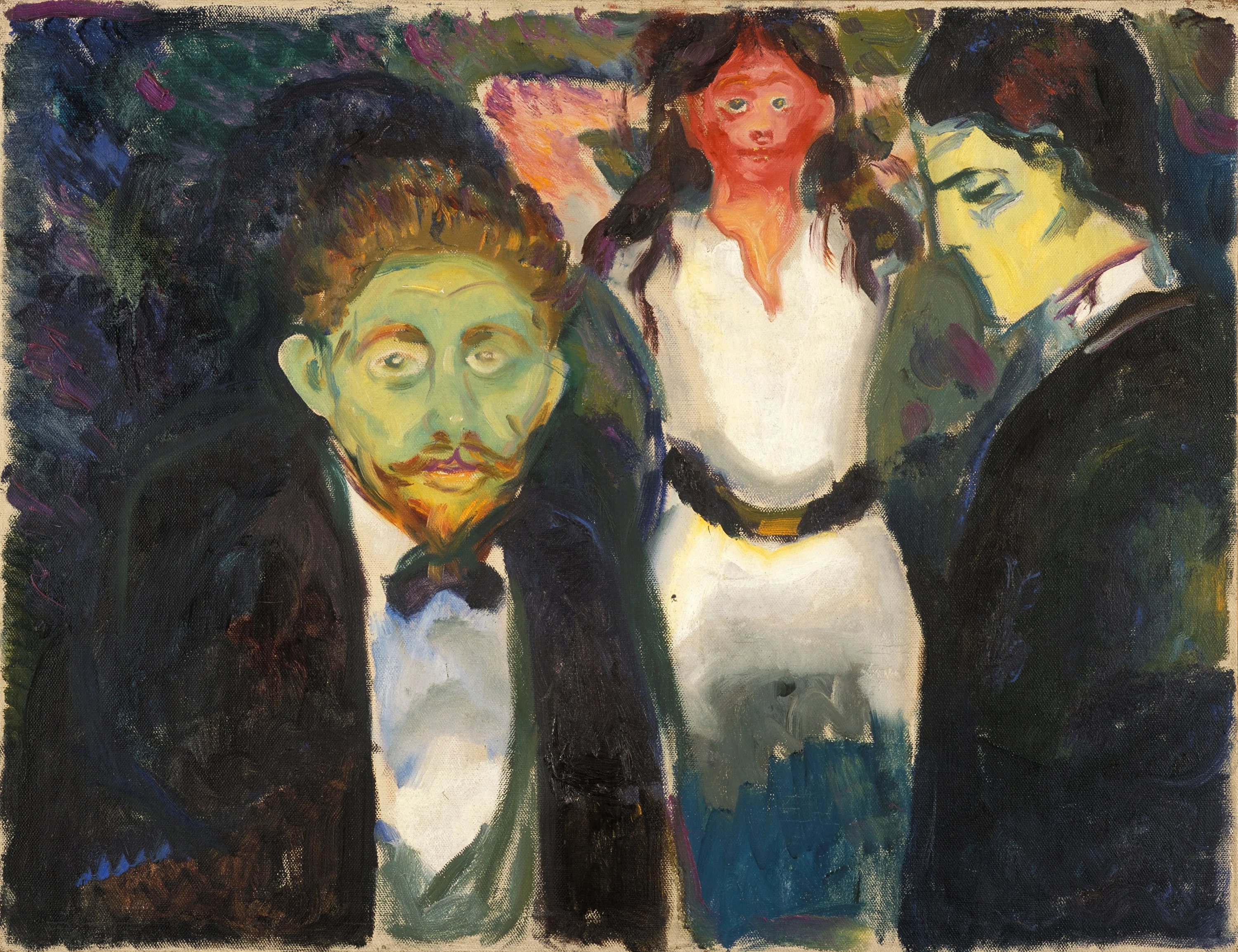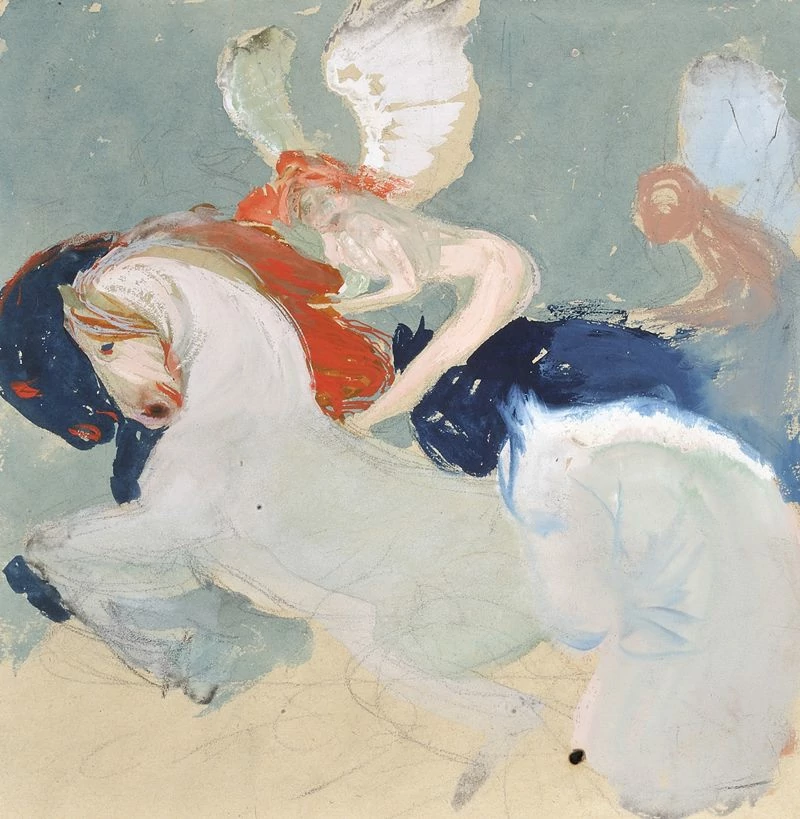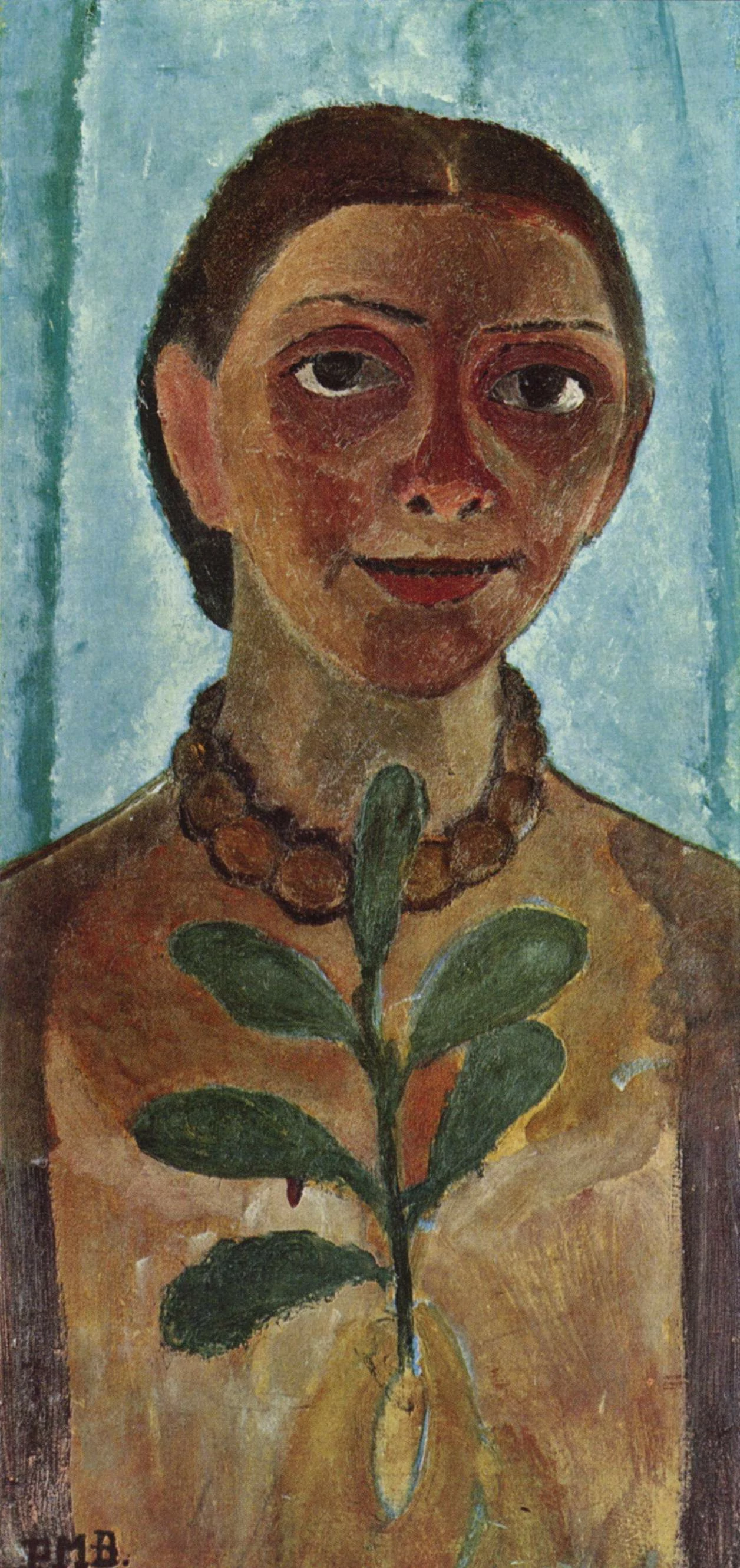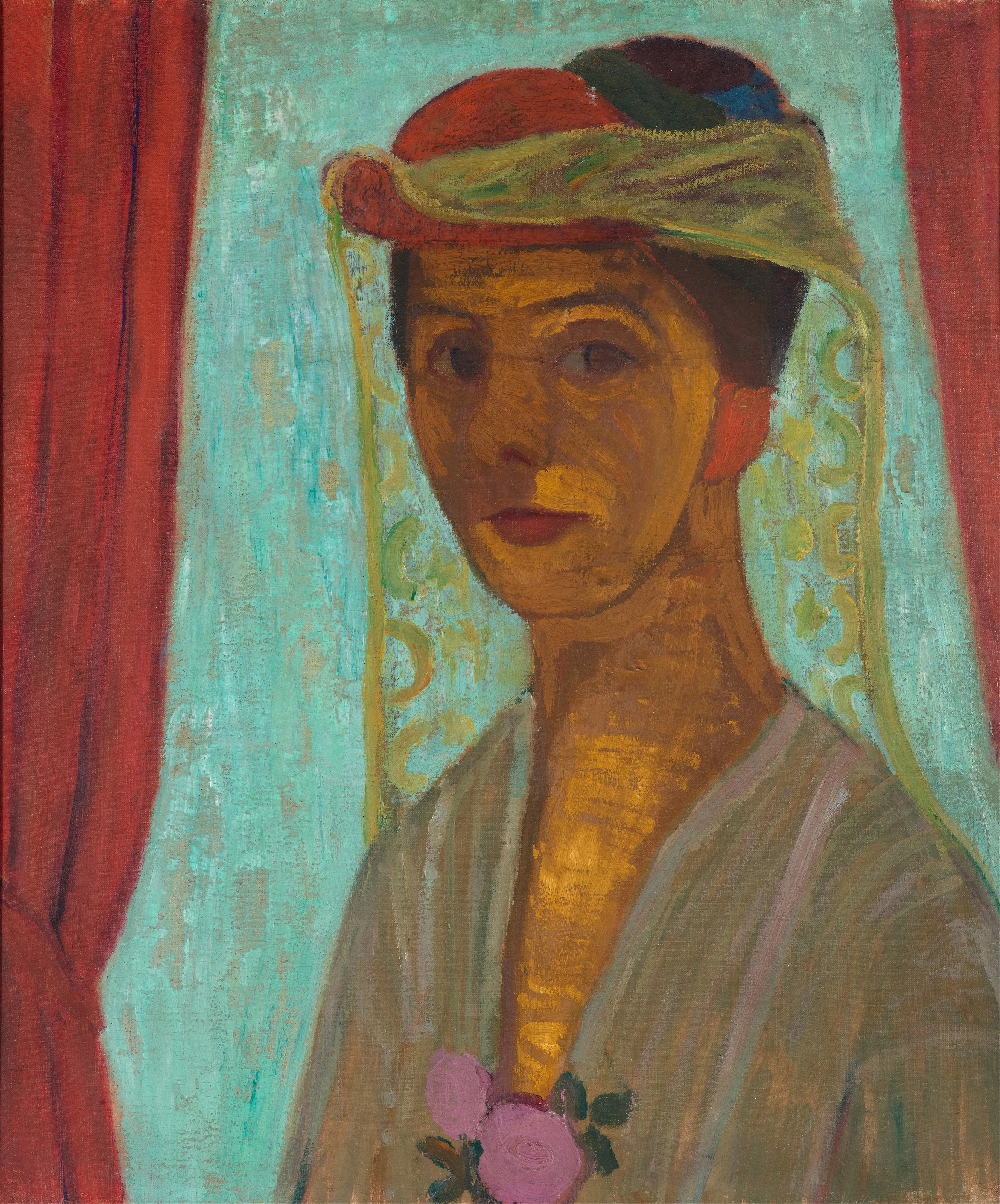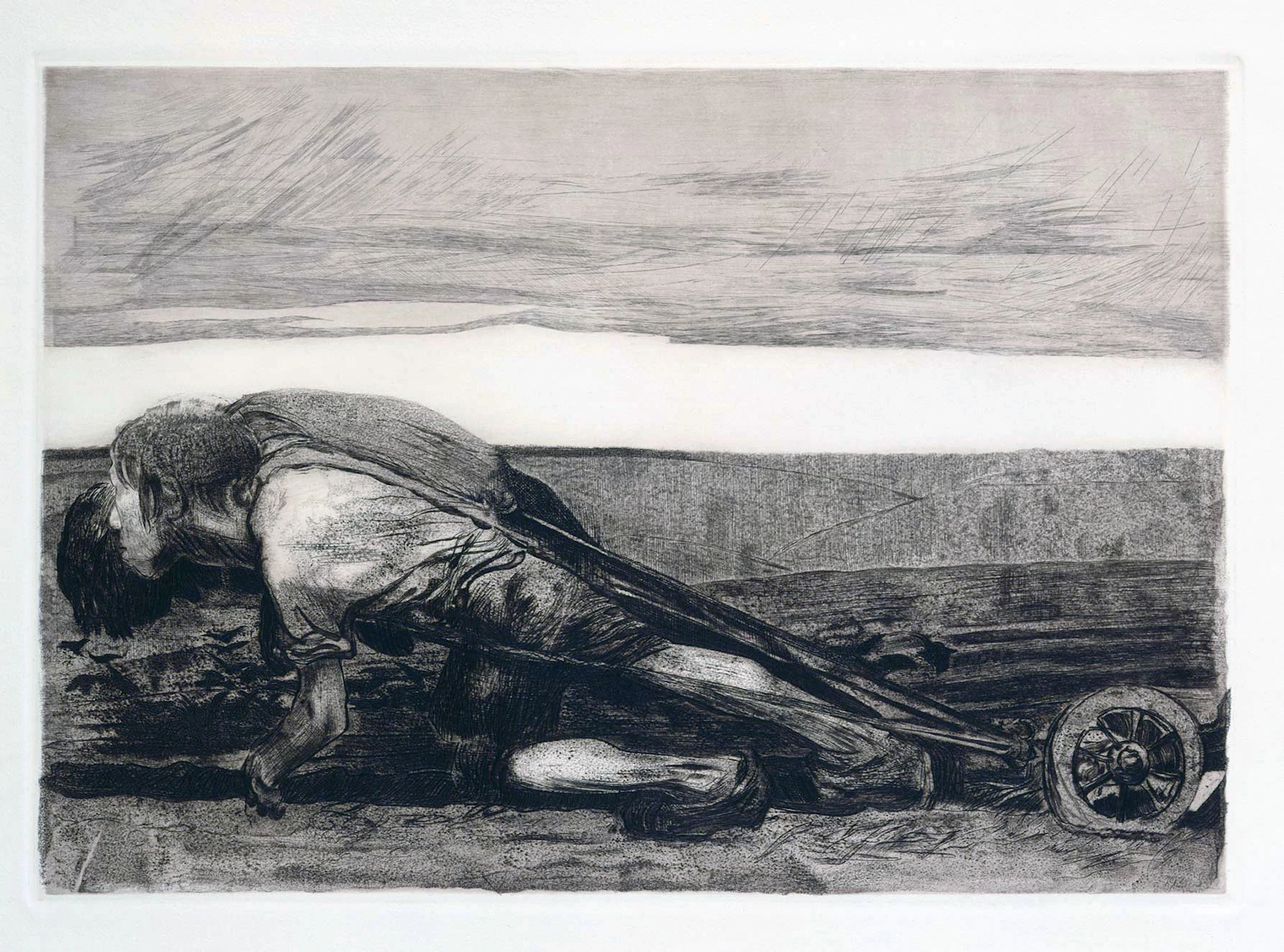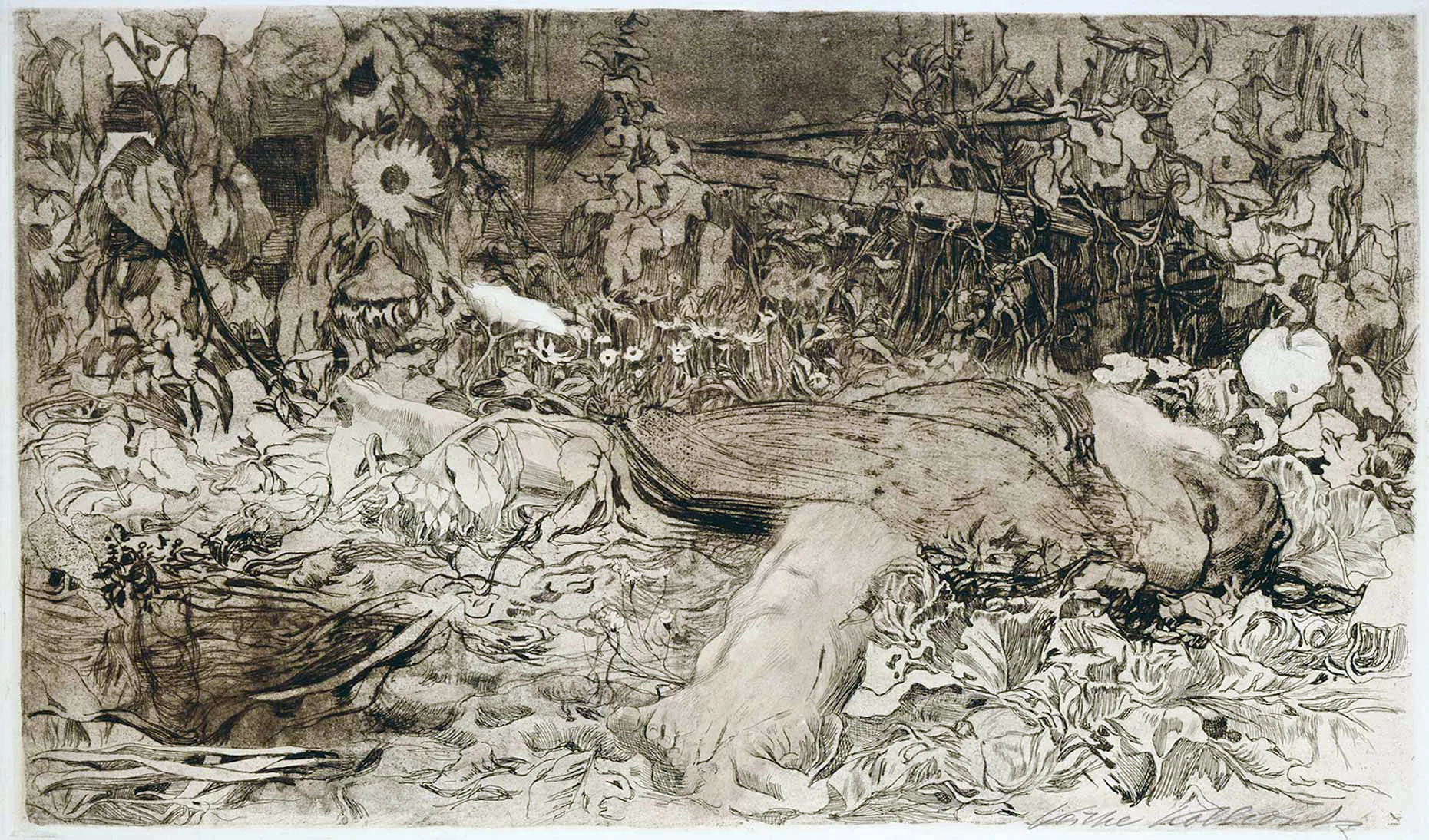Expressionism
A more authentic, anxious, and grotesque reality
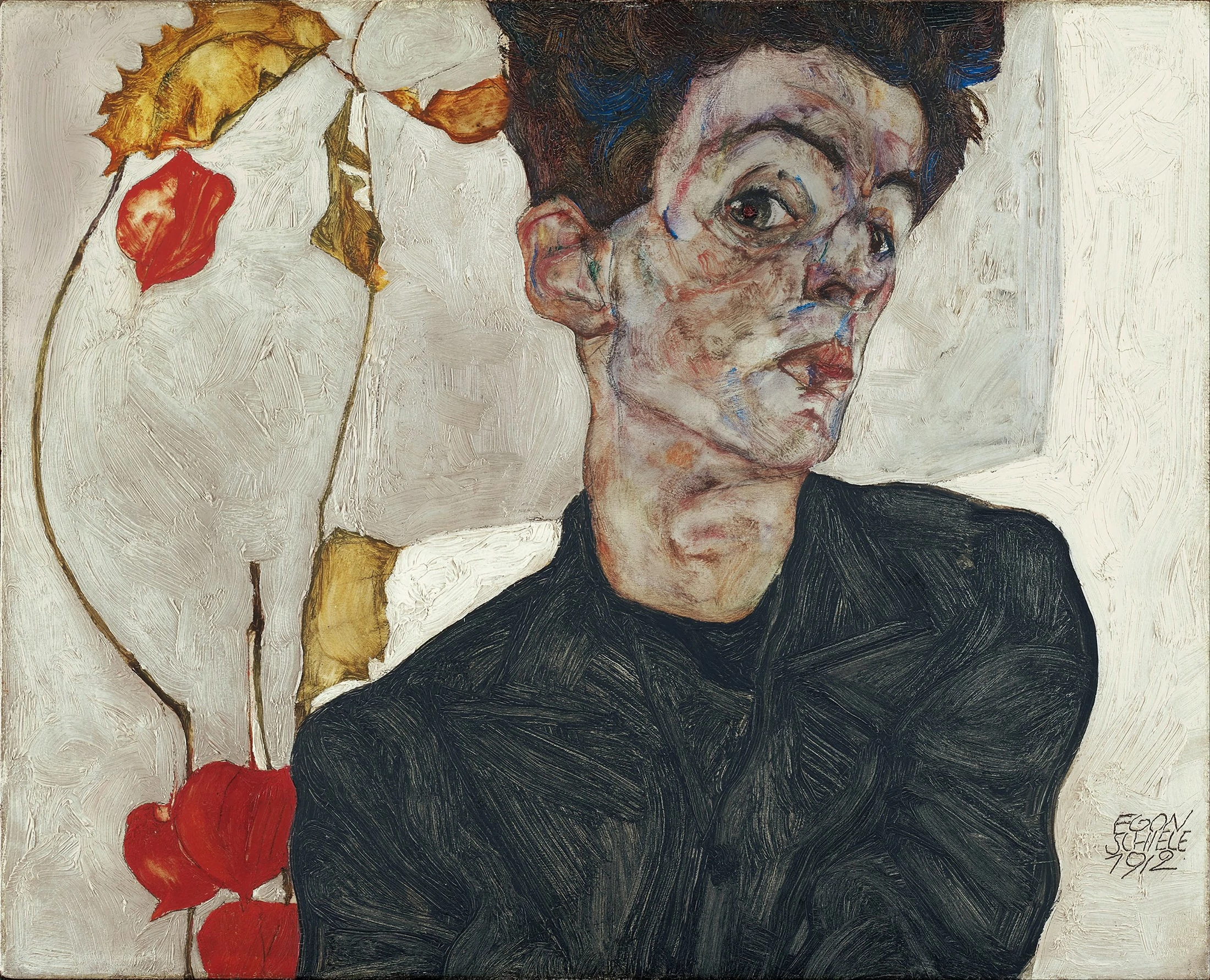

It’s been said that every art movement is a rejection of the movement that came before, and that’s certainly true of Expressionism. In the late 1800s Impressionism swept through Europe, sending artists outside to paint quiet rivers and genteel garden parties. The Impressionists brought subjectivity to art, exploring how perspective and light change how the world appears to us, but their composition and subject matter was as a whole, pastoral, romantic, and generally toothless.
As the 20th century dawned, painting flowers and girls knitting began to seem less relevant. A massive increase in industrialization stripped away folk culture and moved people and money into urban centers. Political tensions exploded into World War 1 within two decades, and Nietzsche’s doubt in the existence of god and the goodness of man mirrored a cultural wave of creeping anxiety. This new world needed a new art.
Expressionism was not an organized movement. There was no core group of artists or dedicated exhibitions like Impressionism. Expressionist art was developed simultaneously by many artists throughout Europe, unified through bold colors and a haunting distortion of the human form. The murky unease of Edvard Munch’sAnxiety is the prototypical Expressionist artwork, though James Ensor’s gleeful horror certainly contributed.
In 1905 two art groups laid the psychological underpinnings for Expressionism. Wassily Kandinsky, a Russian immigrant to Germany, founded the art group Der Blaue Reiter (The Blue Rider) to express spiritual truths and subjective perspectives. The same year, the German artists Fritz Bleyl, Erich Heckel, Ernst Ludwig Kirchner and Karl Schmidt-Rottluff founded Die Brücke (The Bridge), a group who used woodcut prints and primitive styles to create a more crude, authentic art.
Over the next ten years, artists like Paula Modersohn-Becker and the sex-obsessed Egon Schiele solidified what is now recognized at the Expressionist visual style: thick paint and heavy brush strokes, human forms, simplified or grotesqueified, but always rendered with feeling.
...
Got questions, comments or corrections about Expressionism? Join the conversation in our Discord, and if you enjoy content like this, consider becoming a member for exclusive essays, downloadables, and discounts in the Obelisk Store.
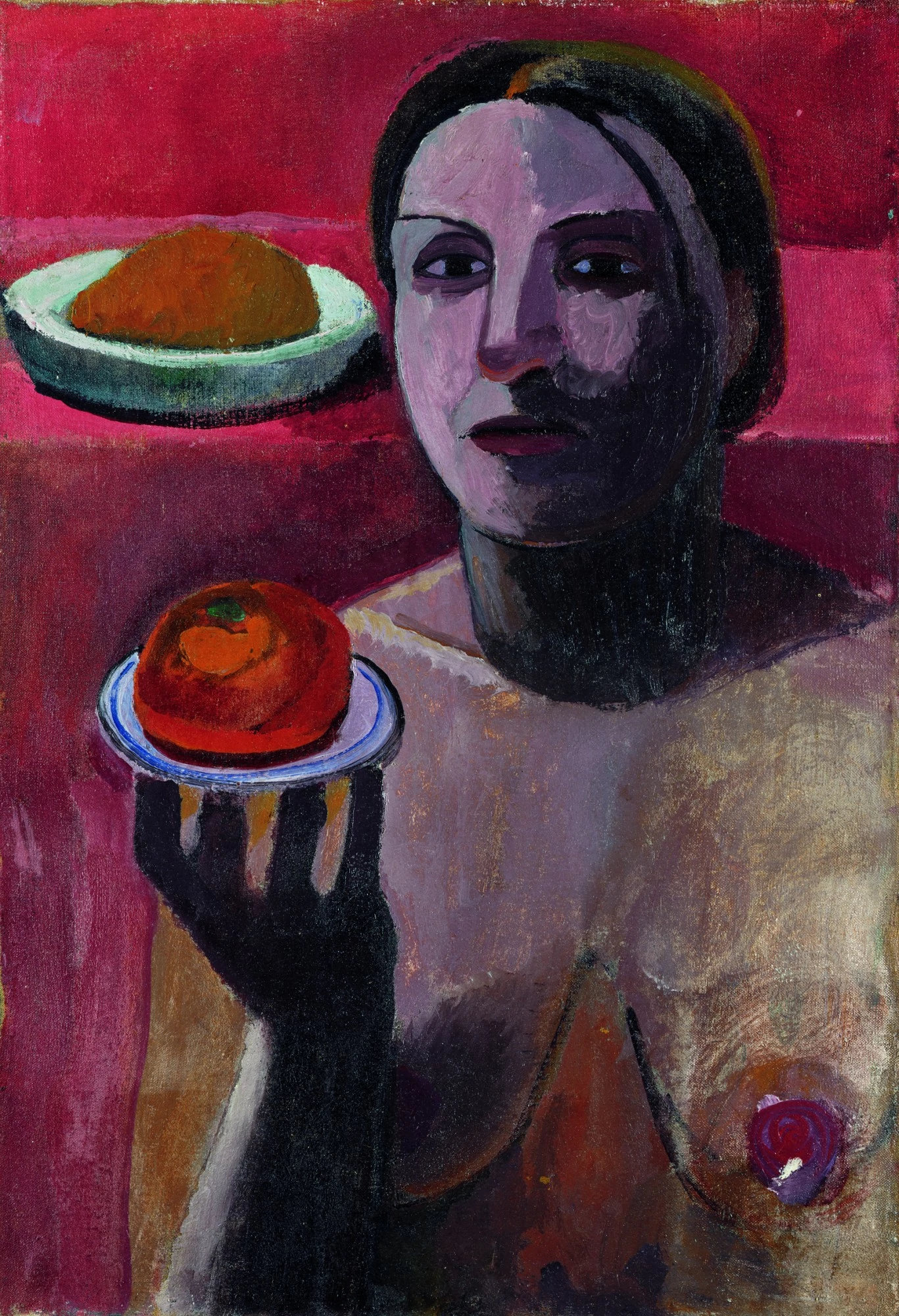
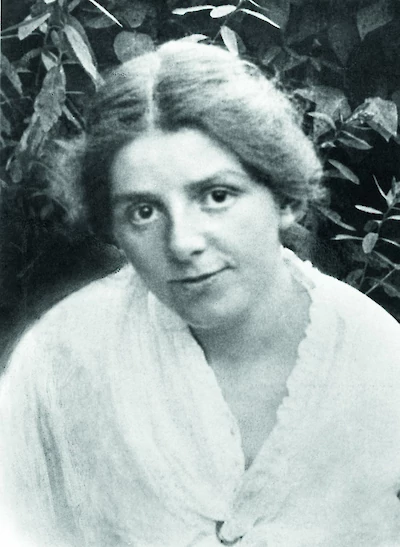
Why do Expressionists die young?
1876 – 1907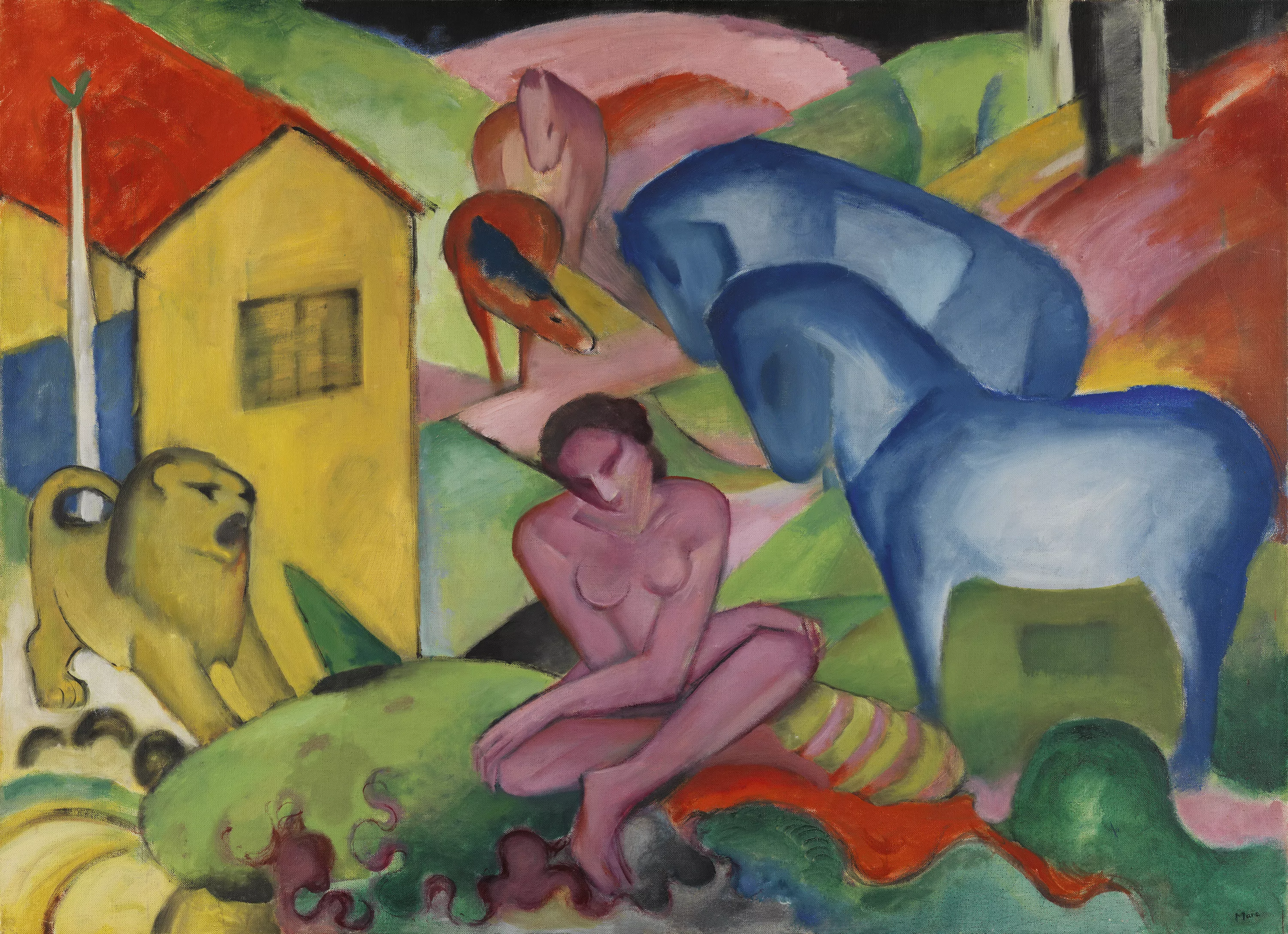
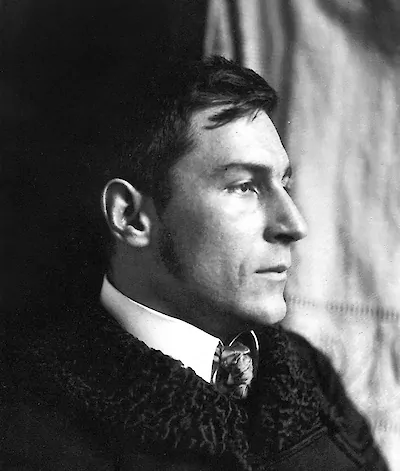
Bright color and sinuous form
1880 – 1916

Genius dead at 28
1890 – 1918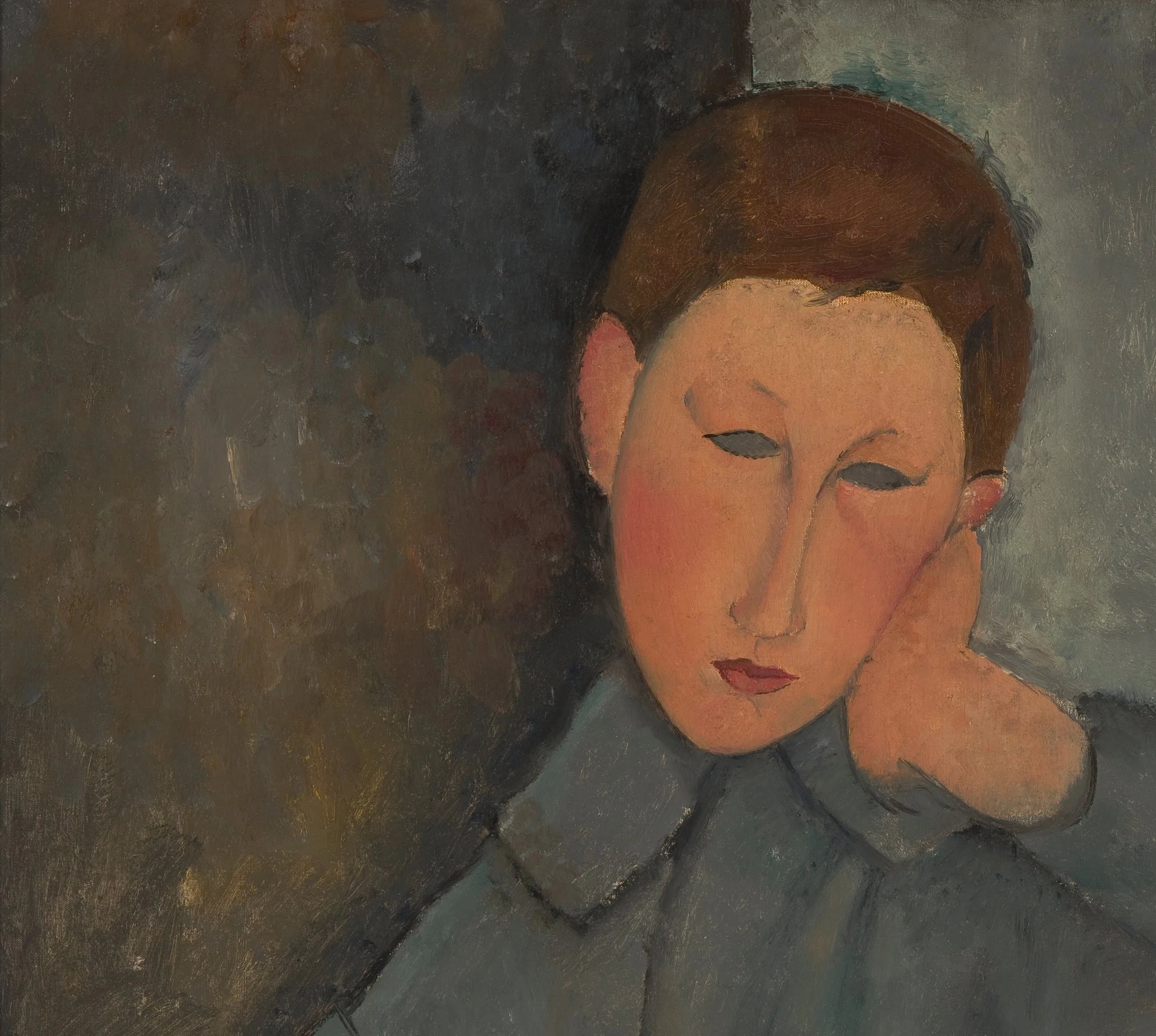
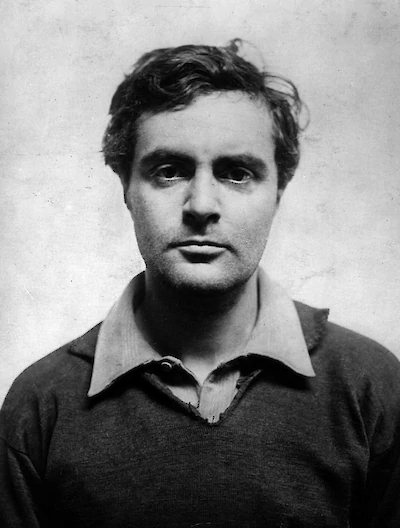
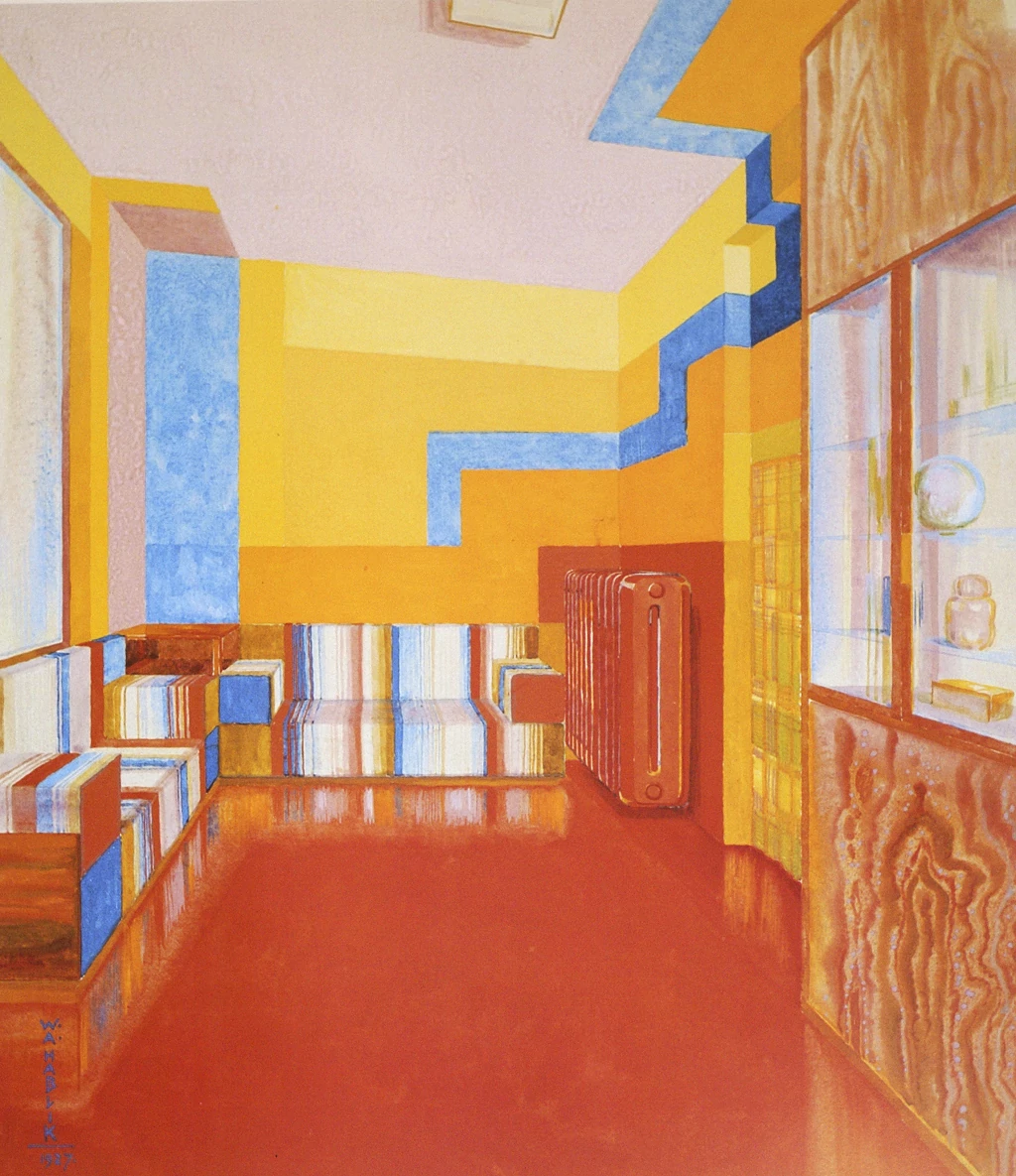

Architect of invisible cities
1881 – 1934
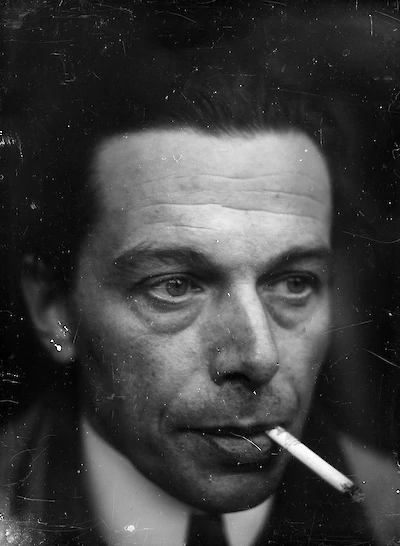
Embrace immediacy!
1880 – 1938
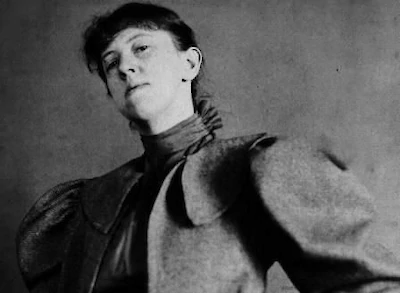

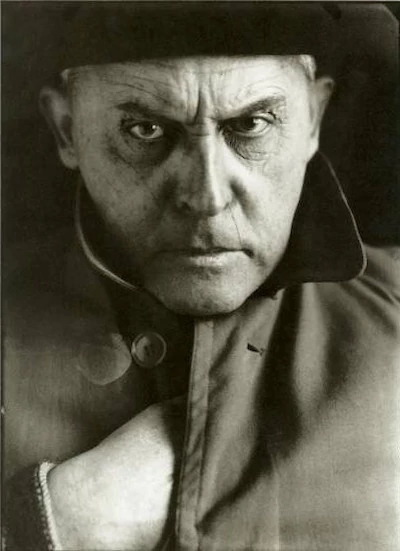
Existence is a nightmare
1885 – 1939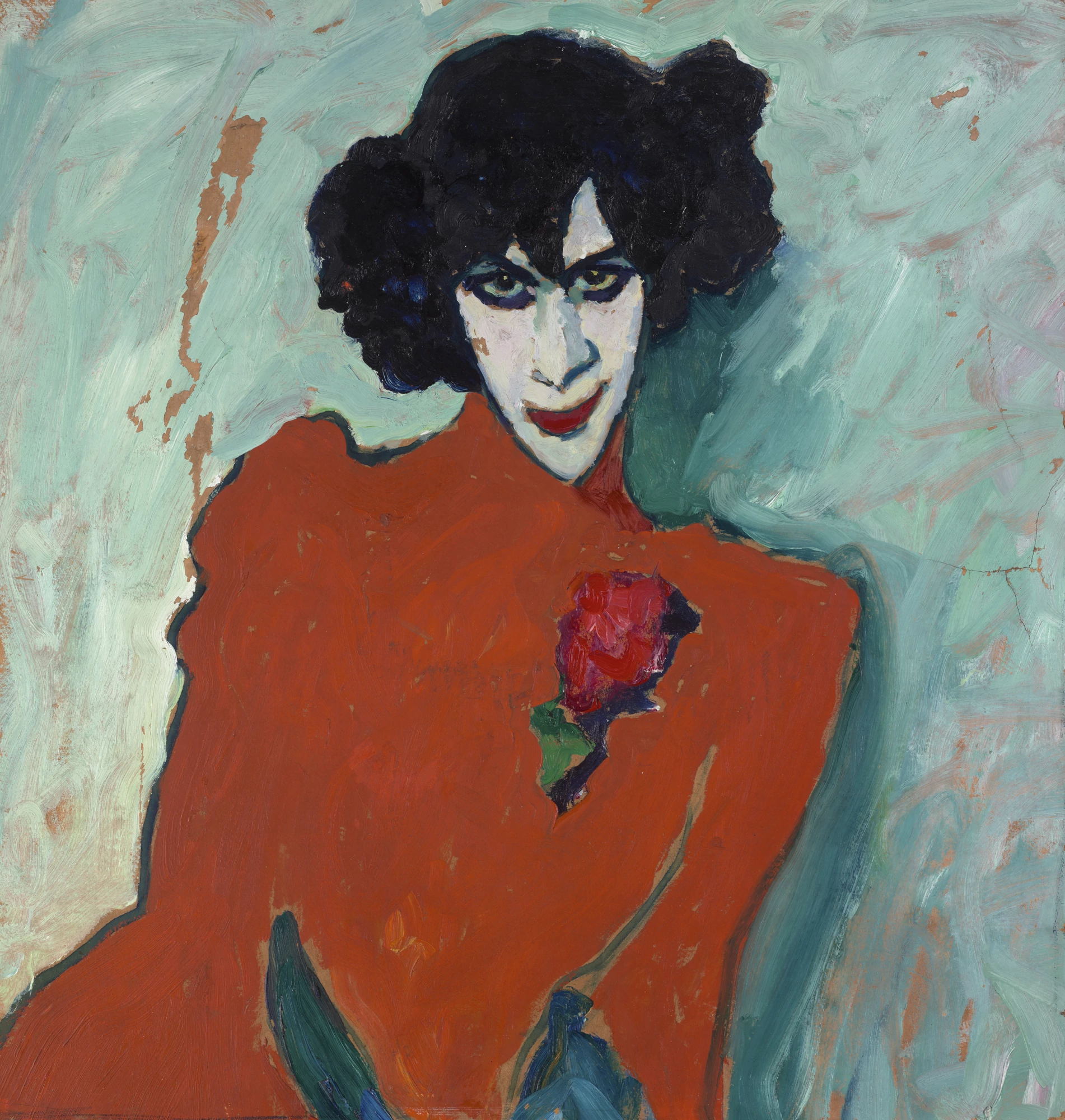
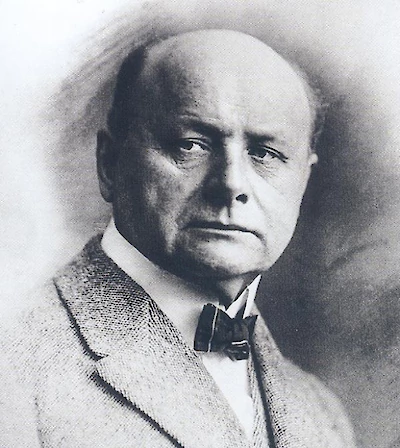
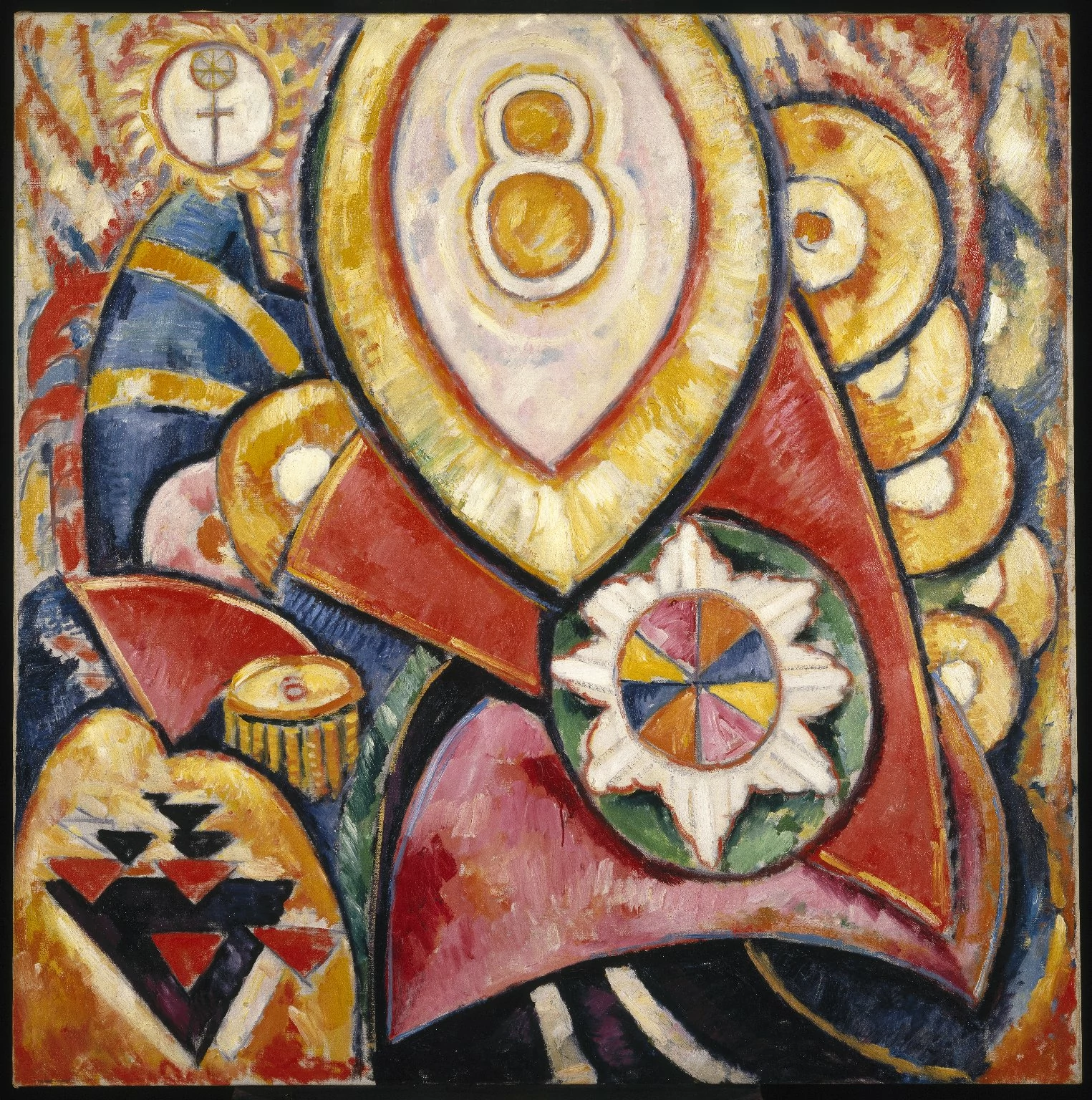
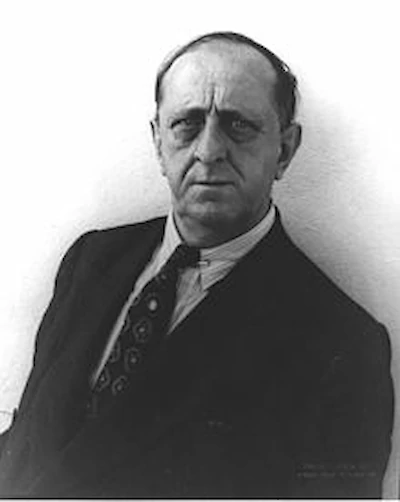
Spirituality comes first, cult status second
1877 – 1943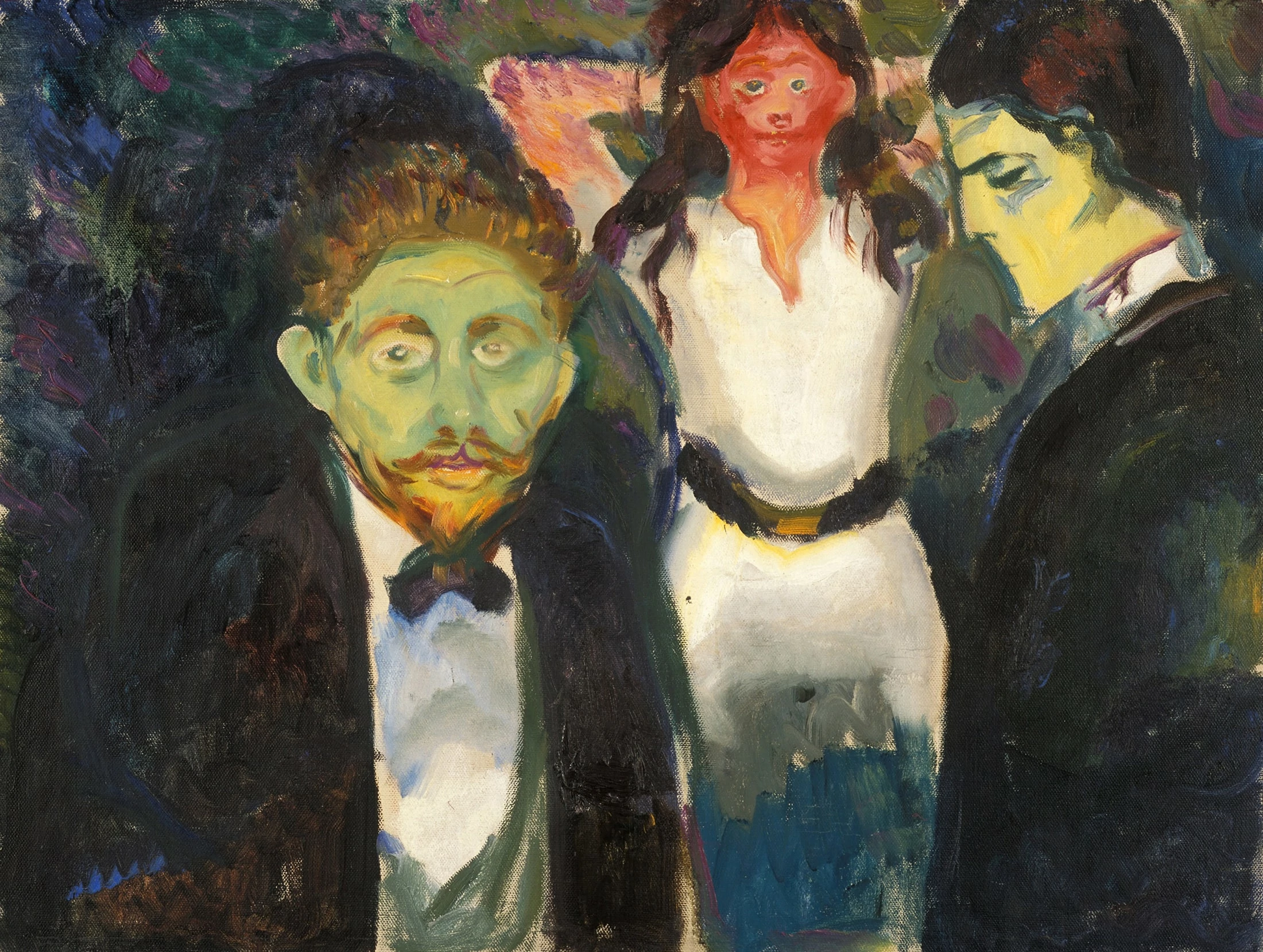

Living in Berlin with the angels of fear and death
1863 – 1944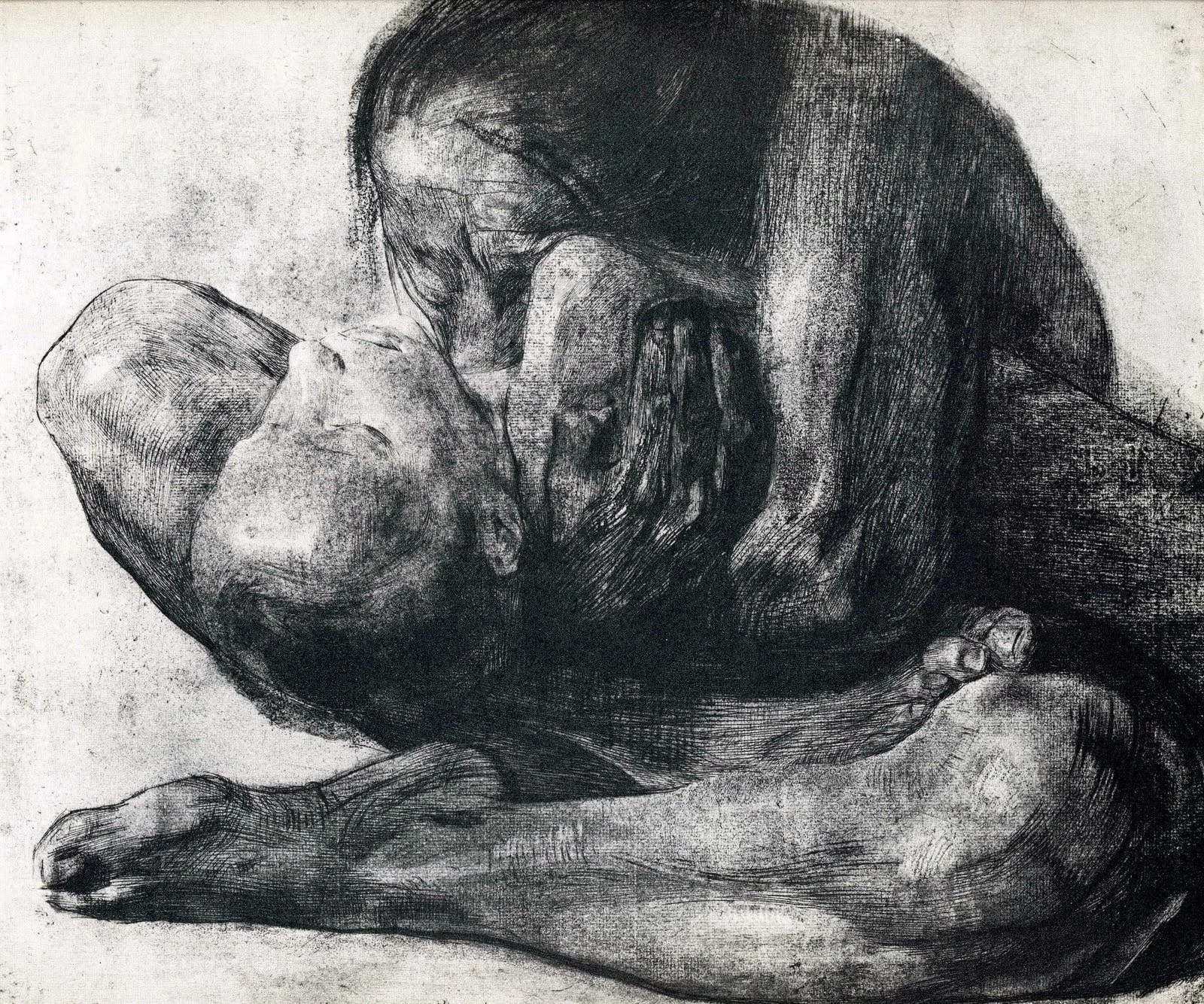
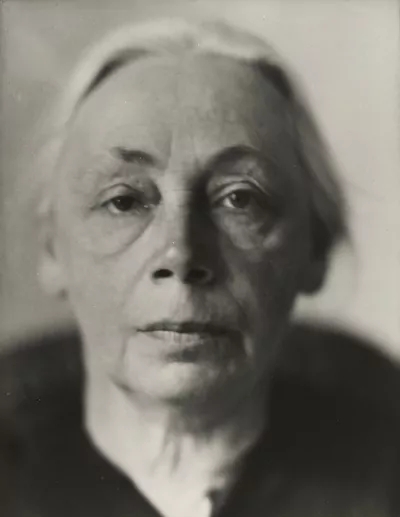
Printmaker & social activist
1867 – 1945
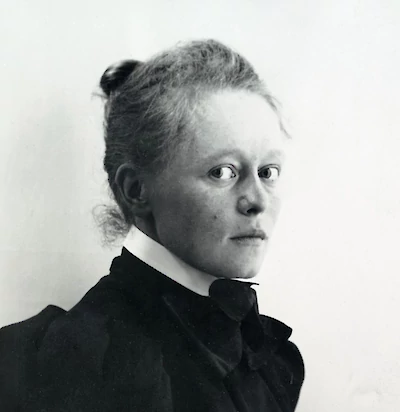

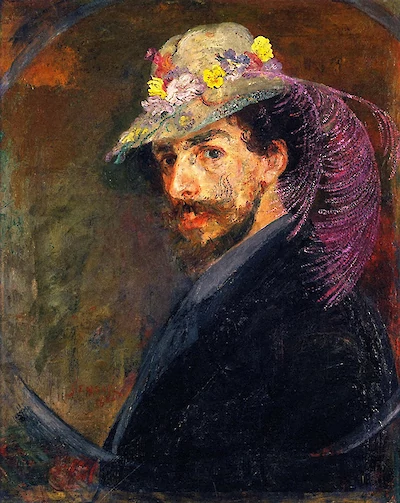
Grim fandango
1860 – 1949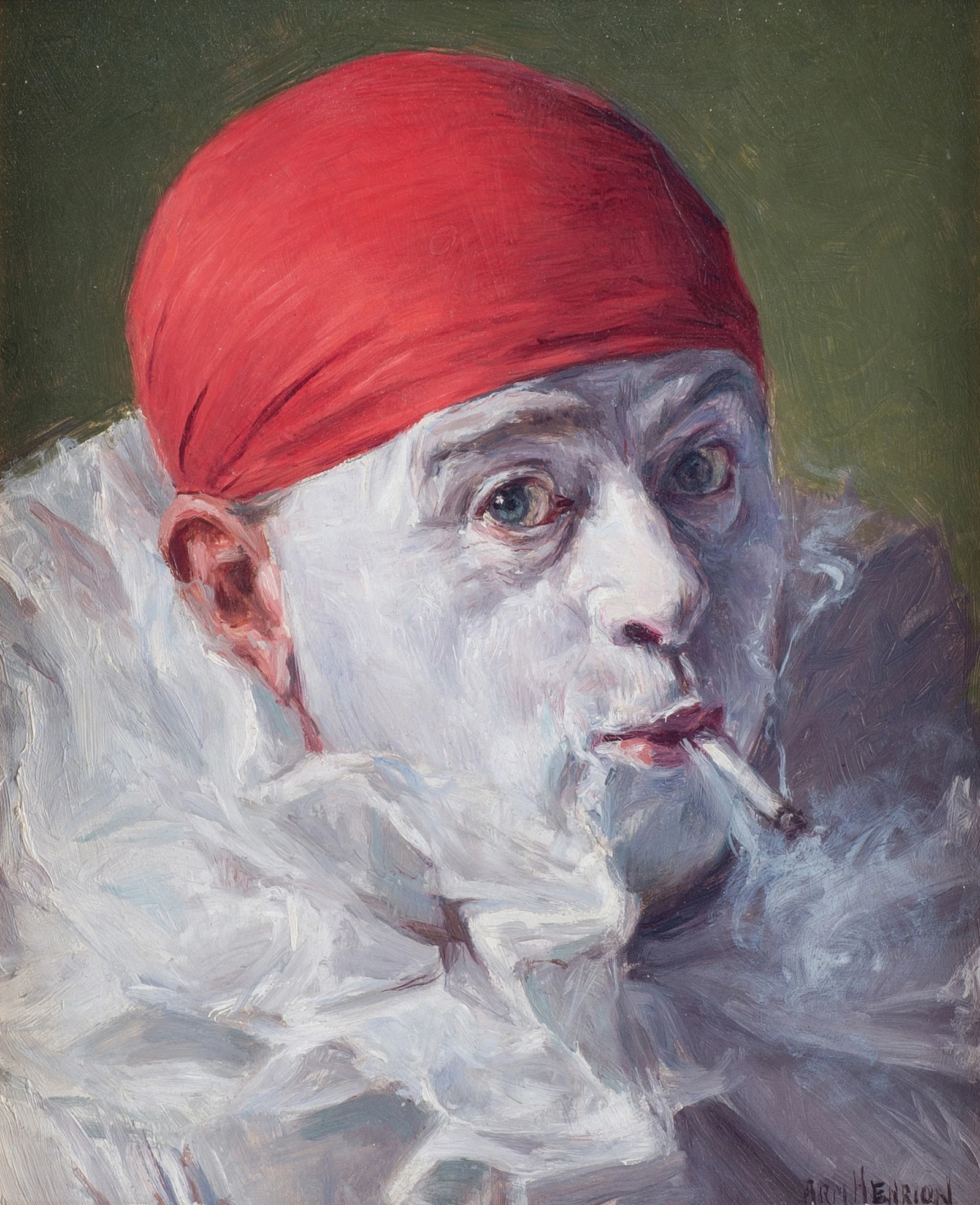
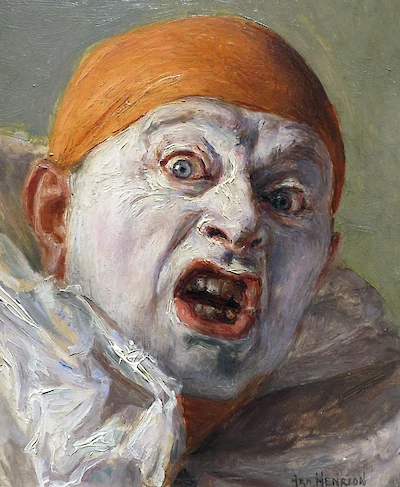
Yes, he only paints clowns
1875 – 1958
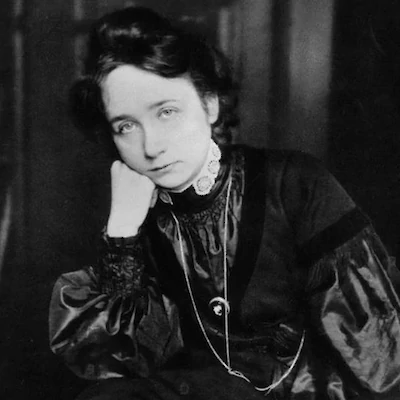
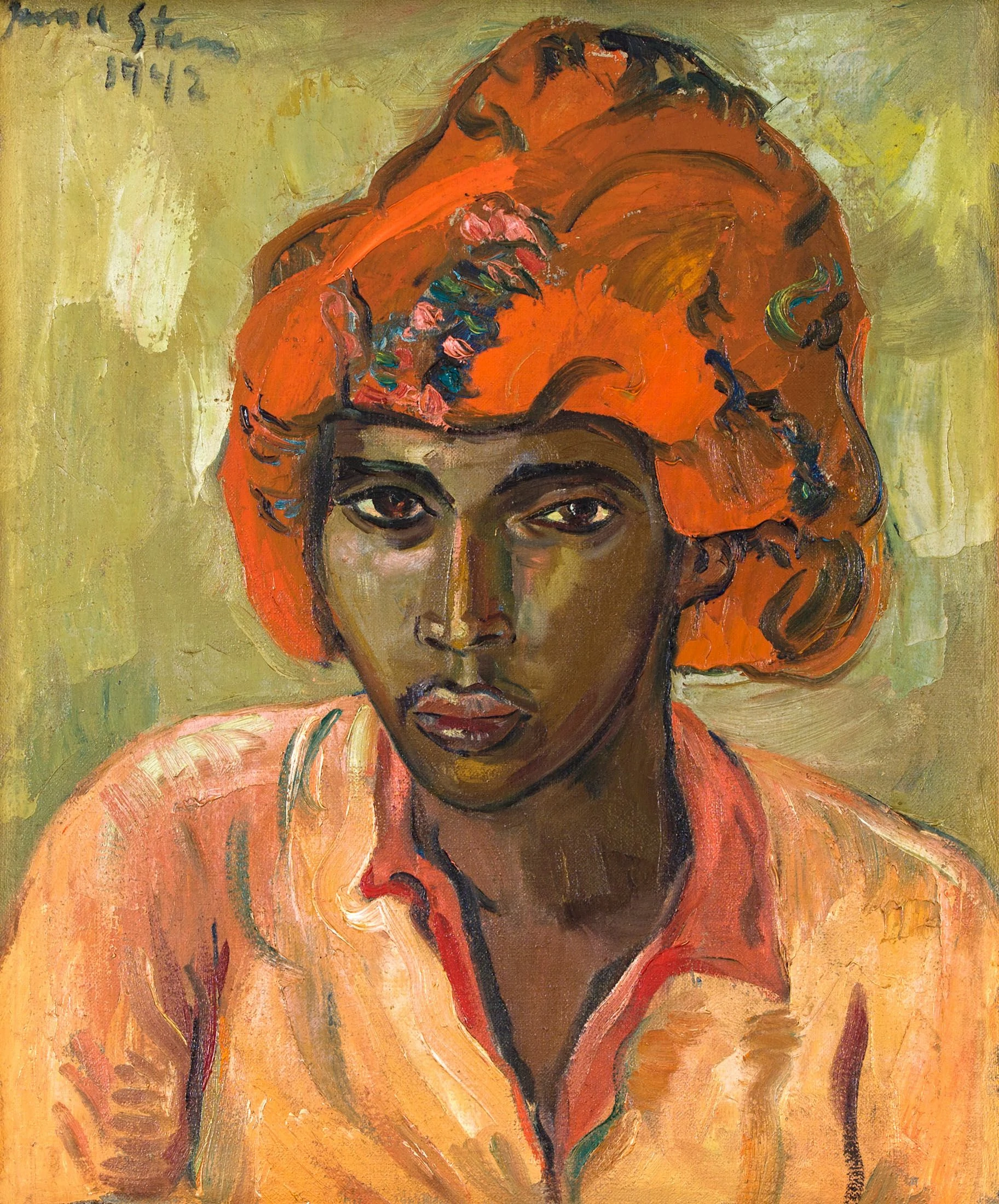
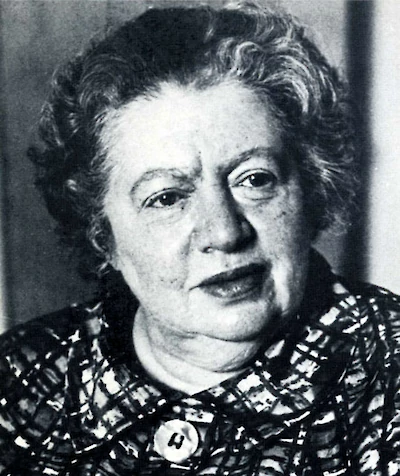
Look at me
1894 – 1966
The man who ate the world's art
1881 – 1973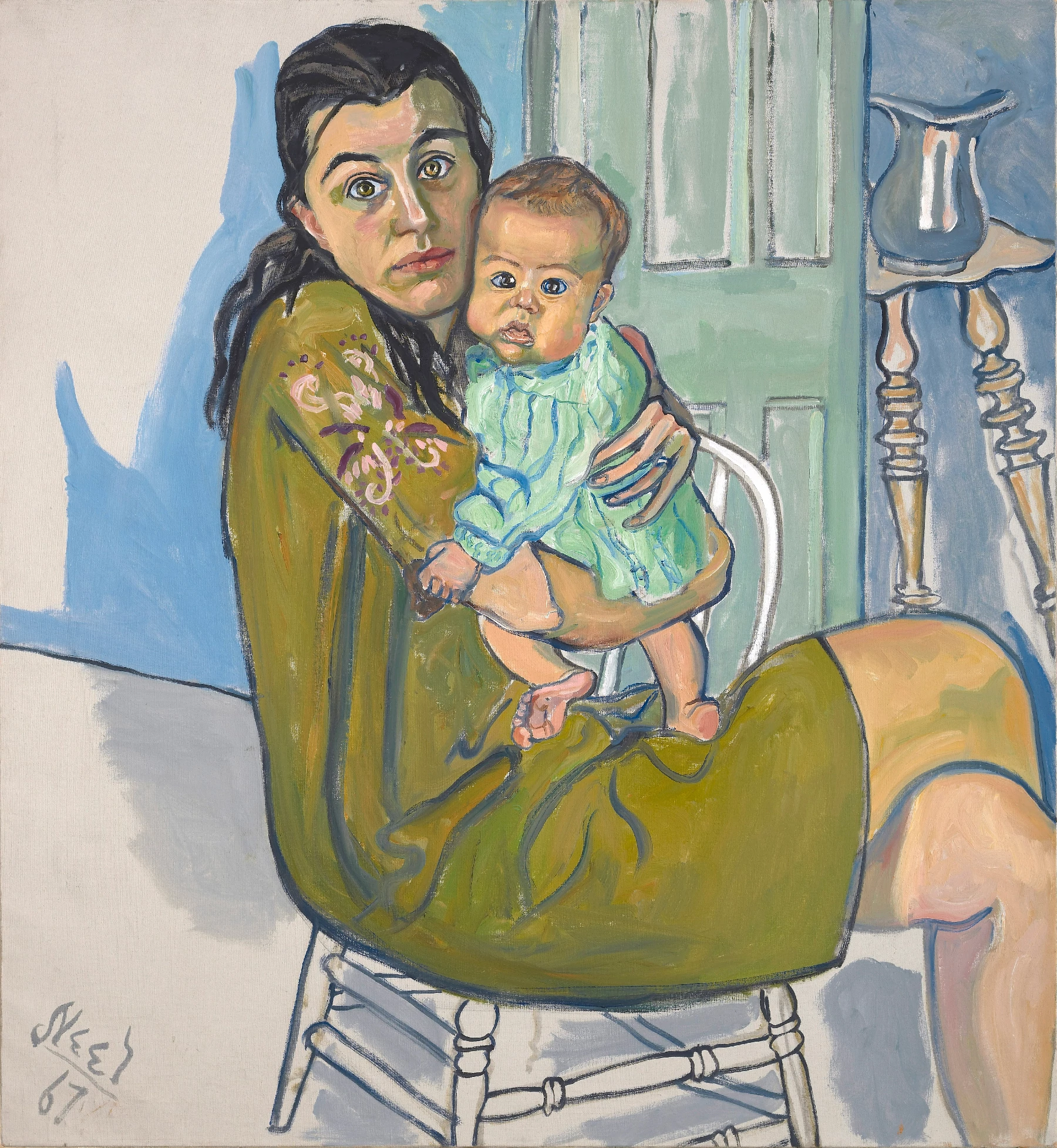

The unblinking anxiety of modern life
1900 – 1984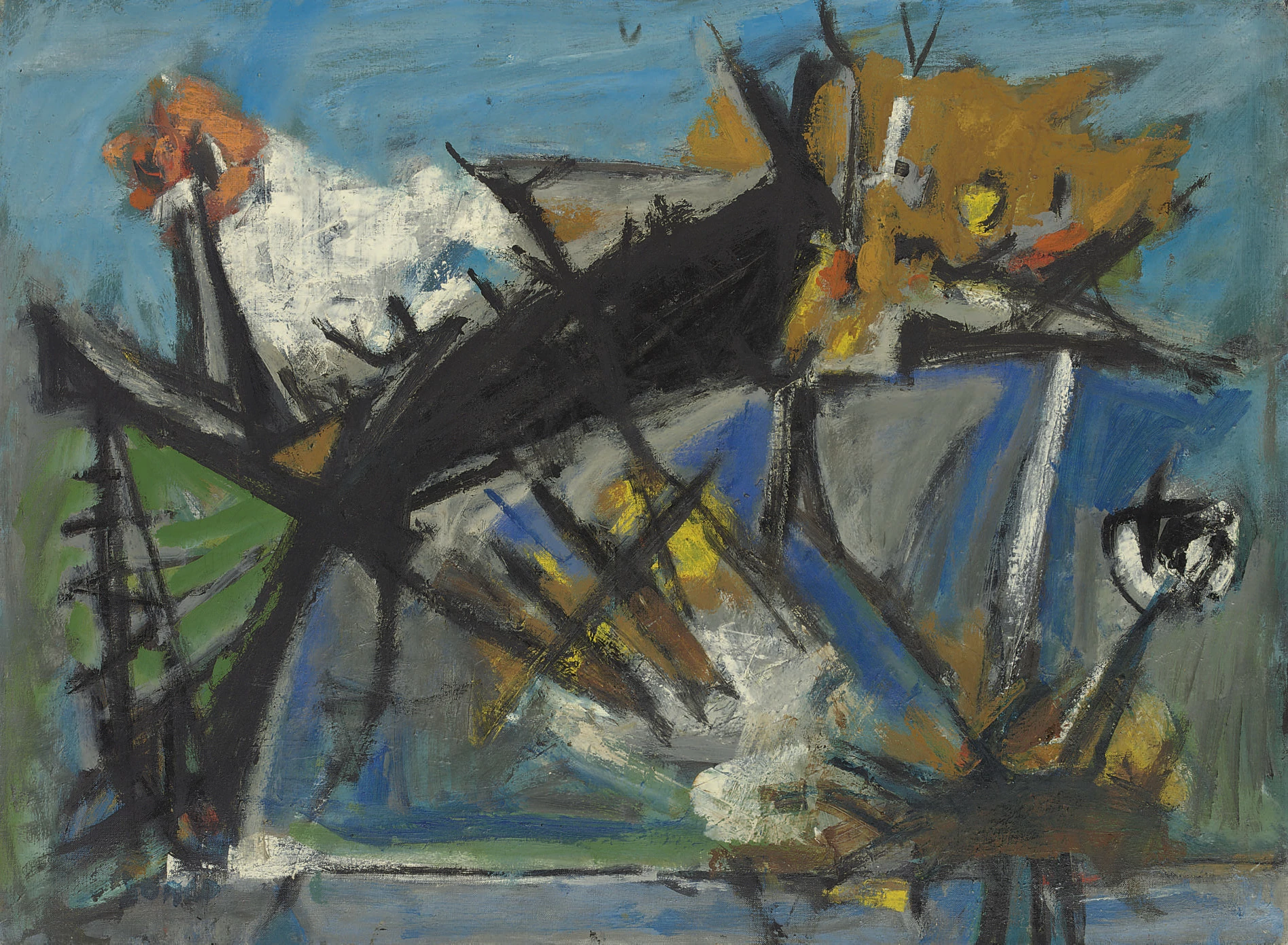


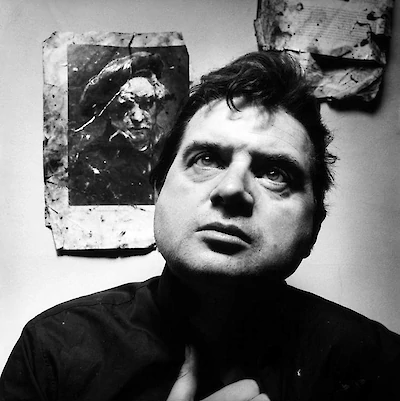
The never-ending scream
1909 – 1992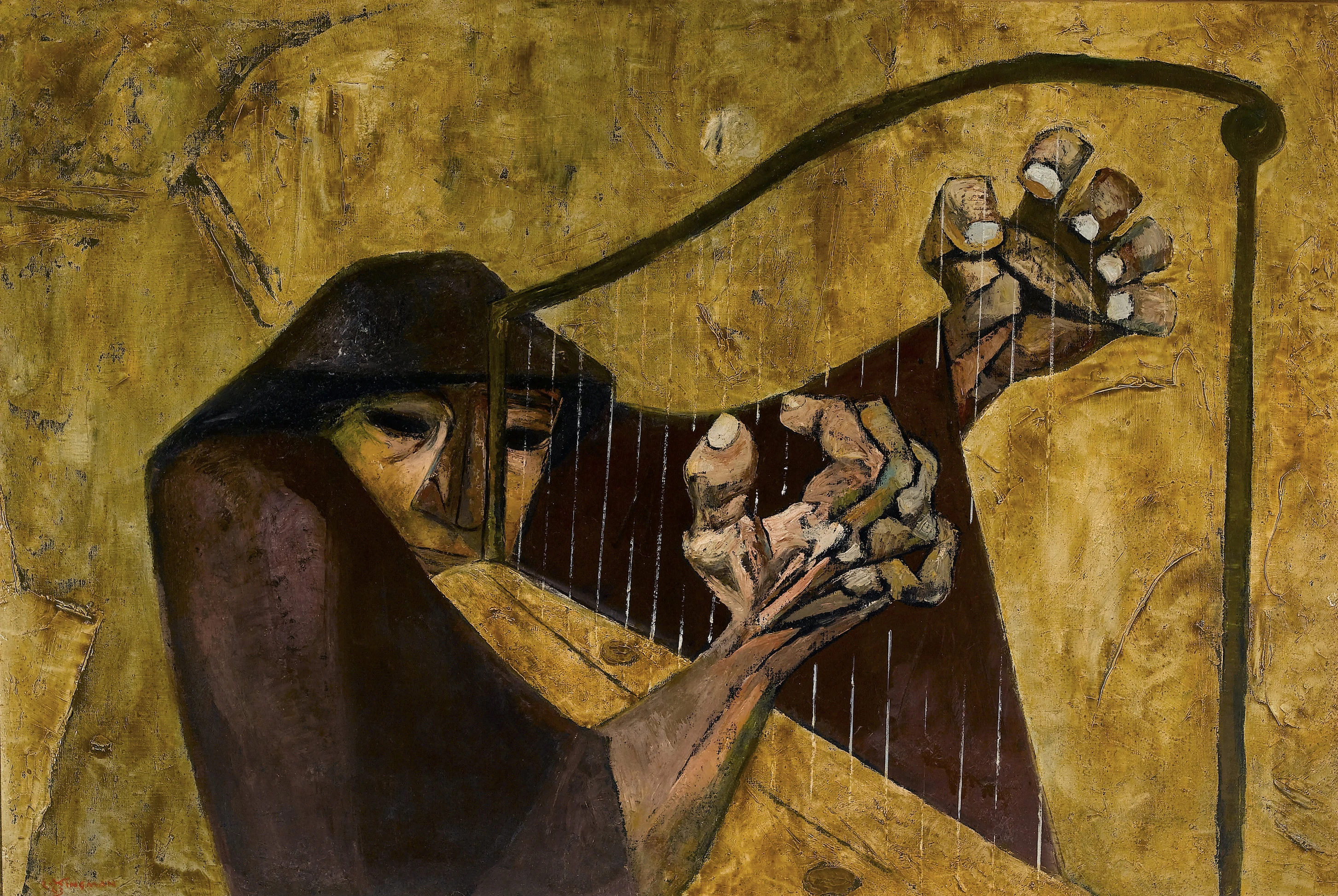

Strength is found in the hands
1913 – 1997